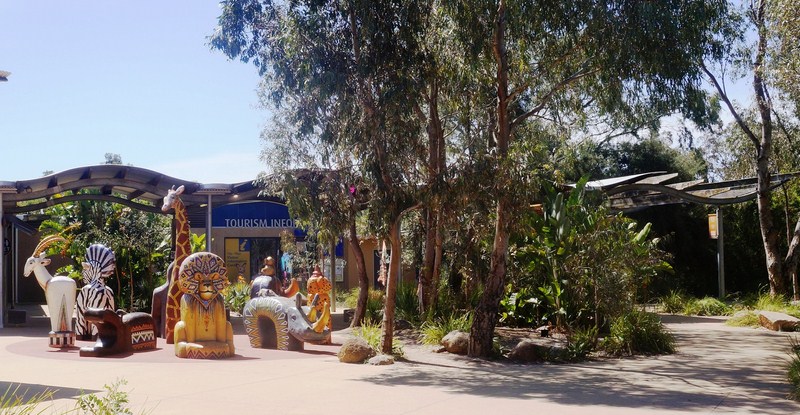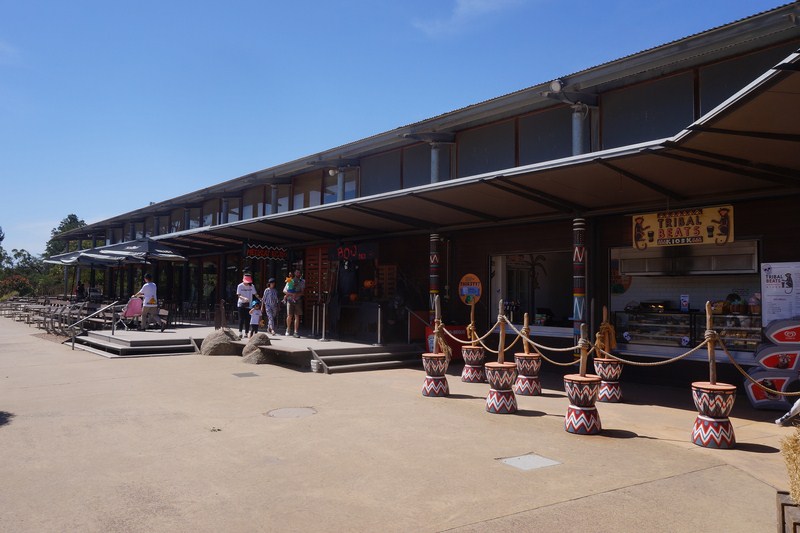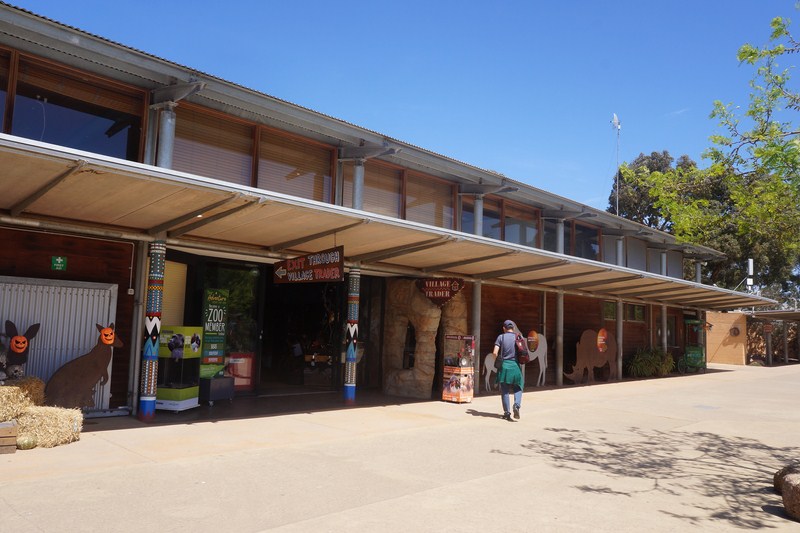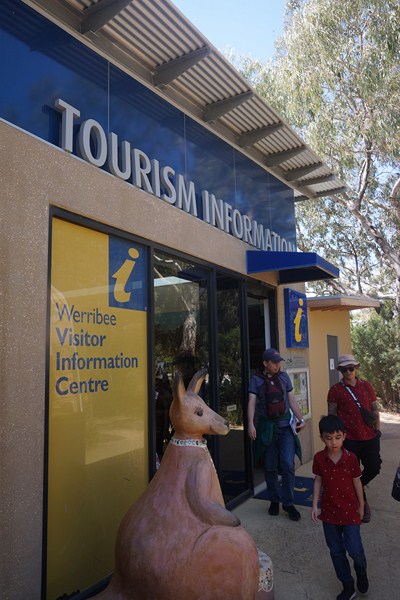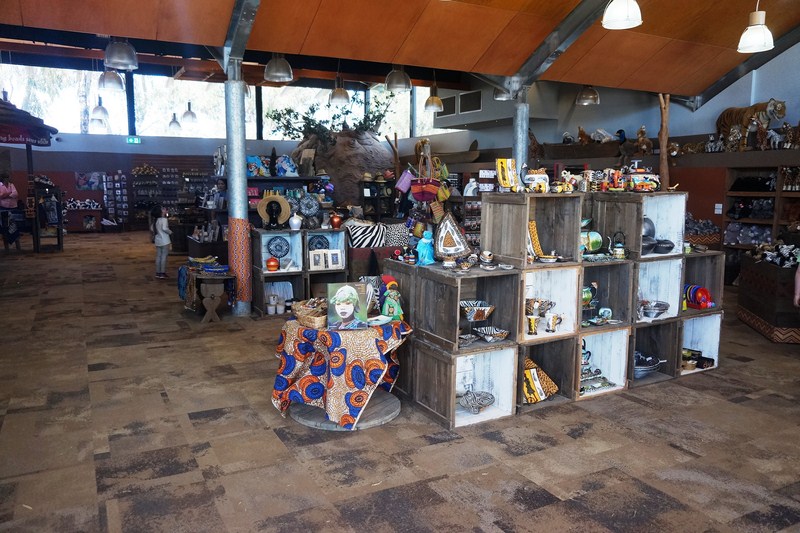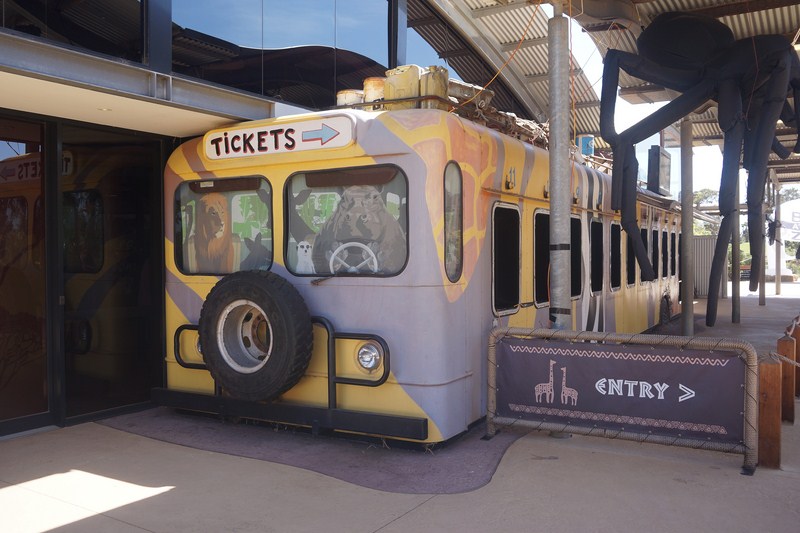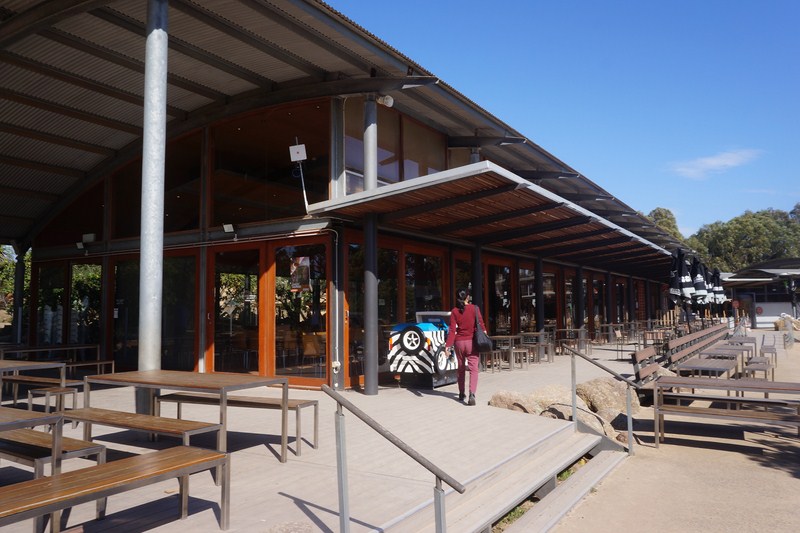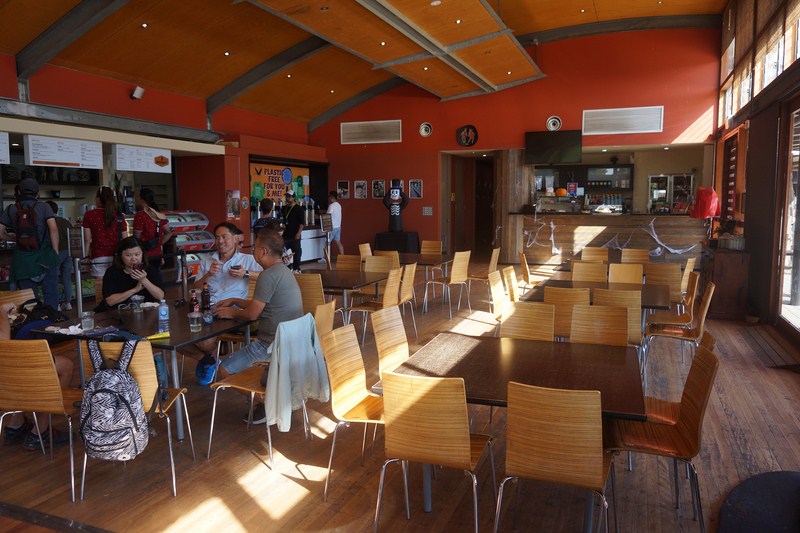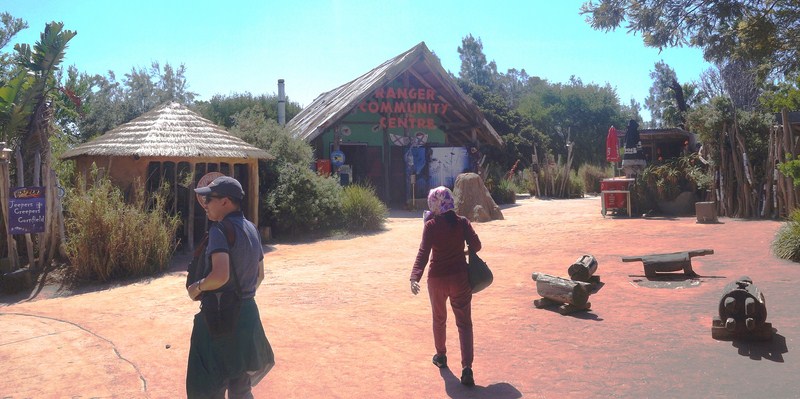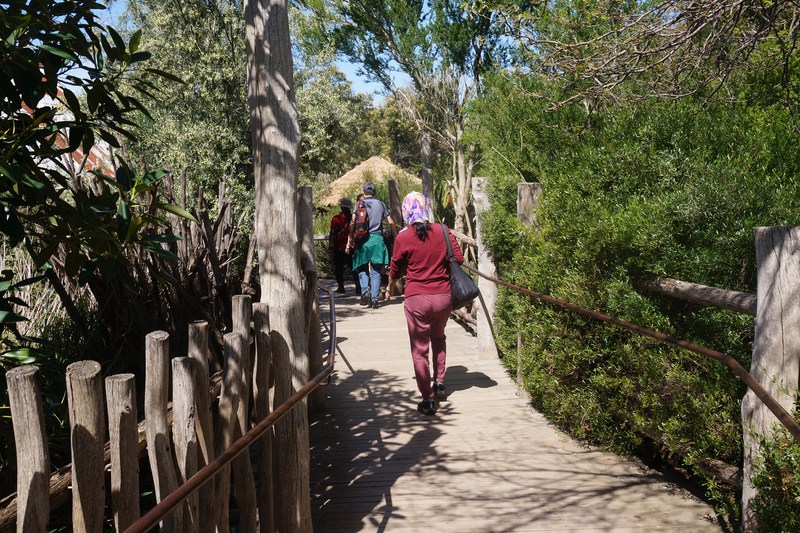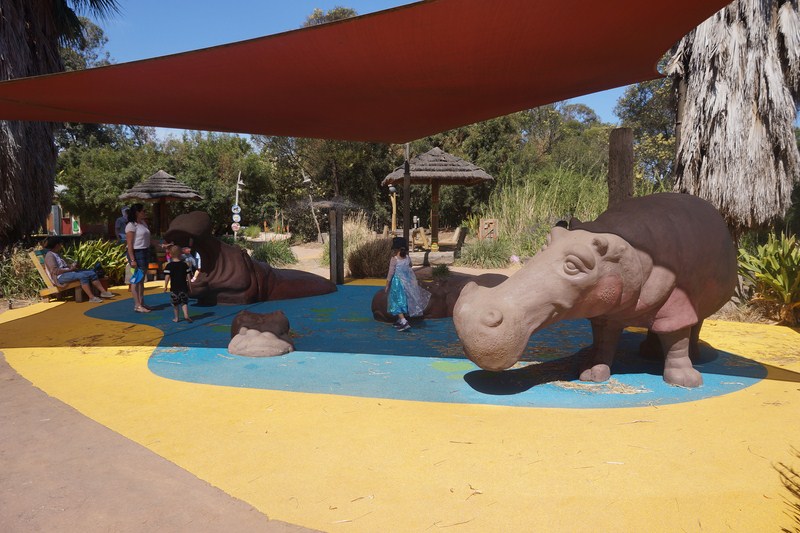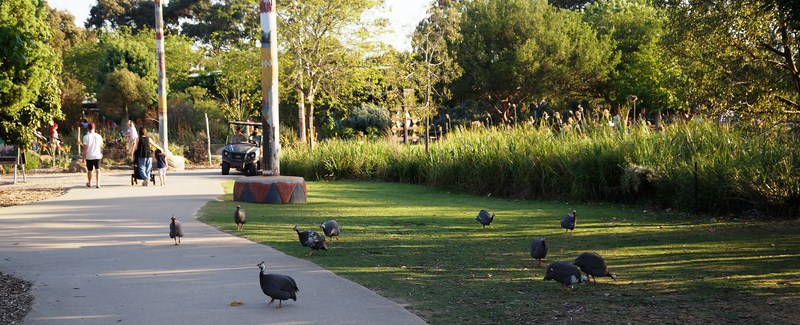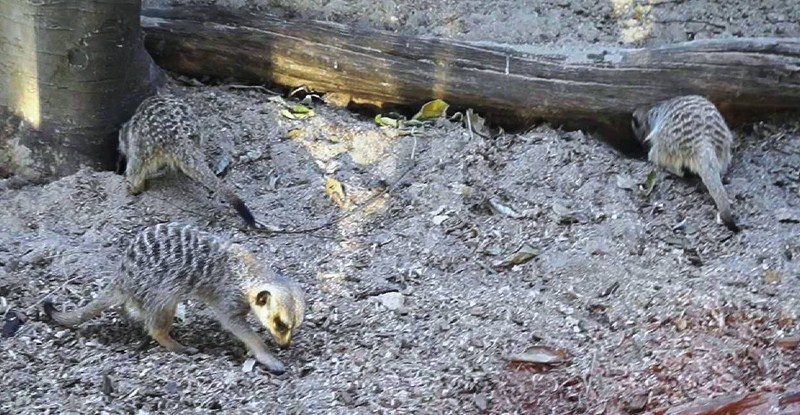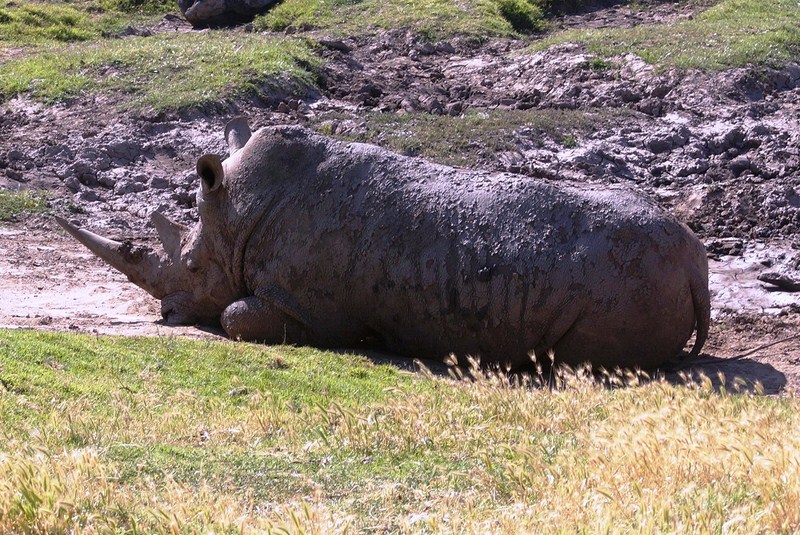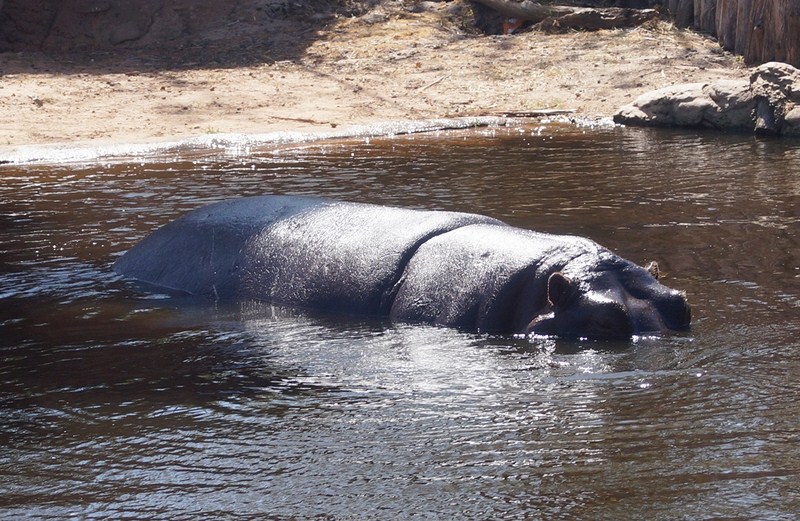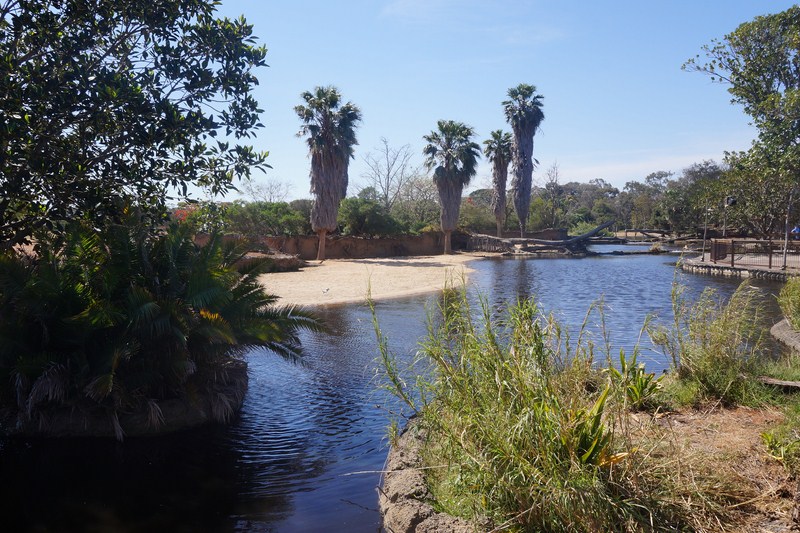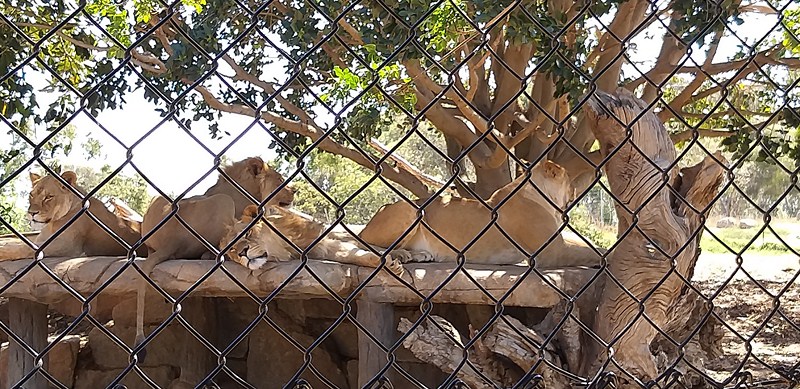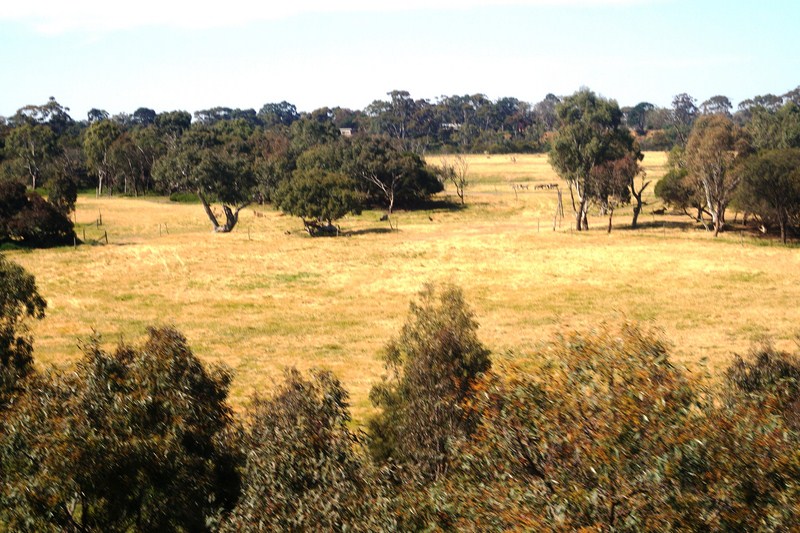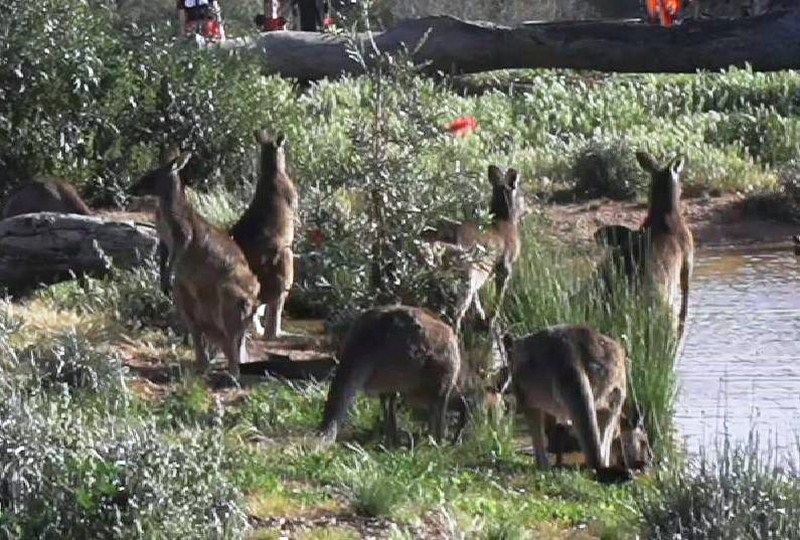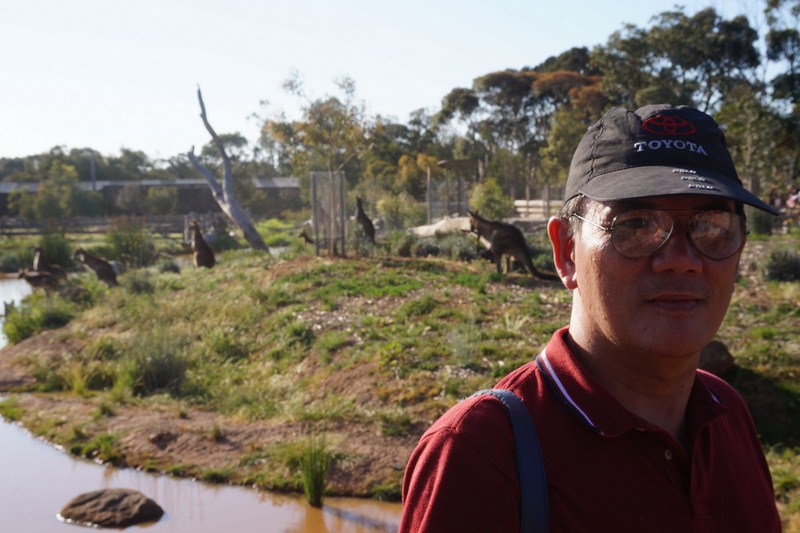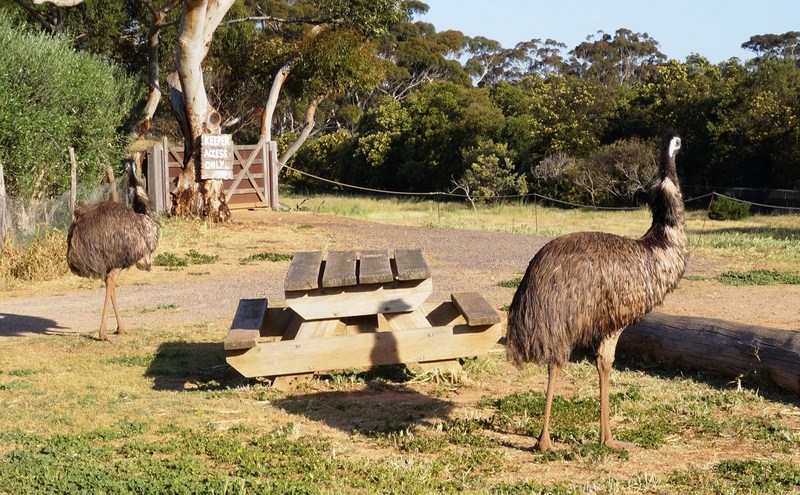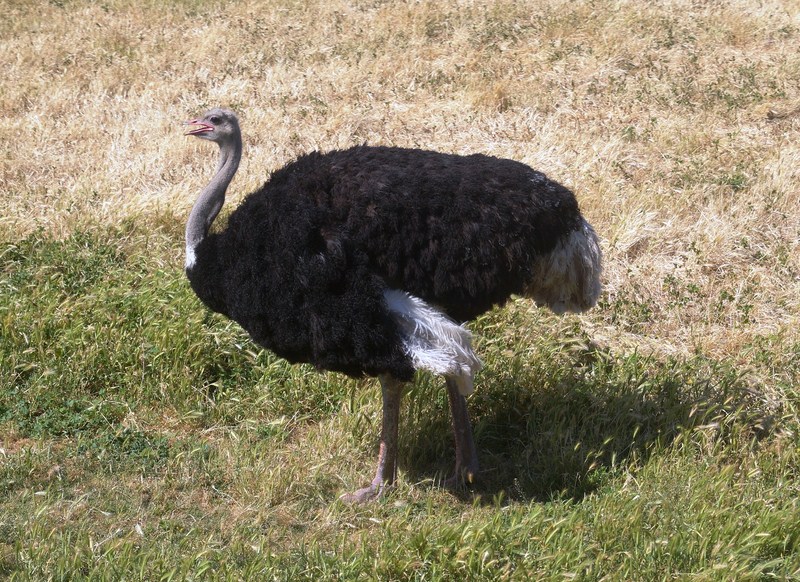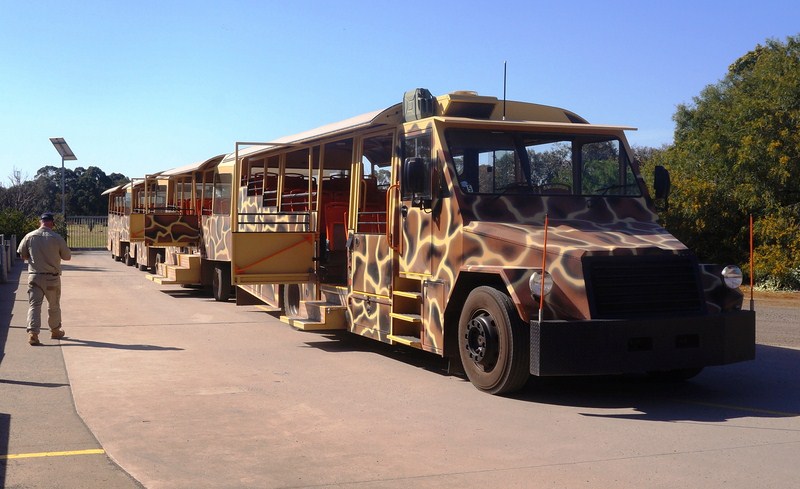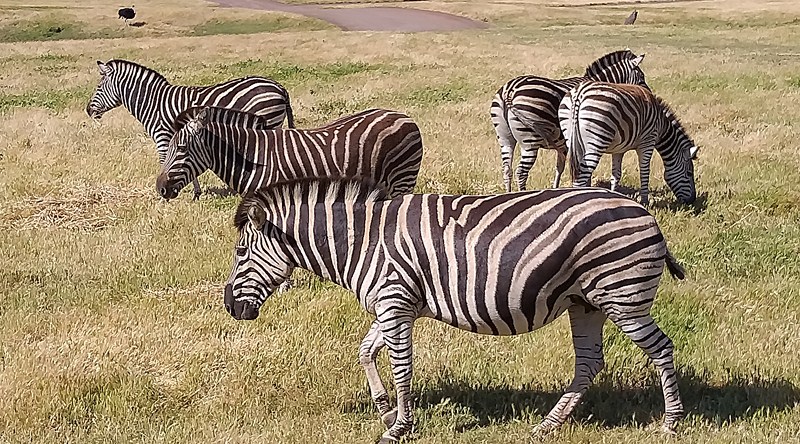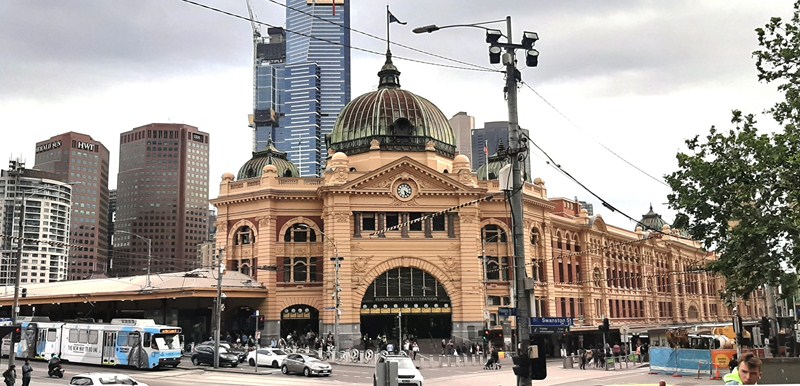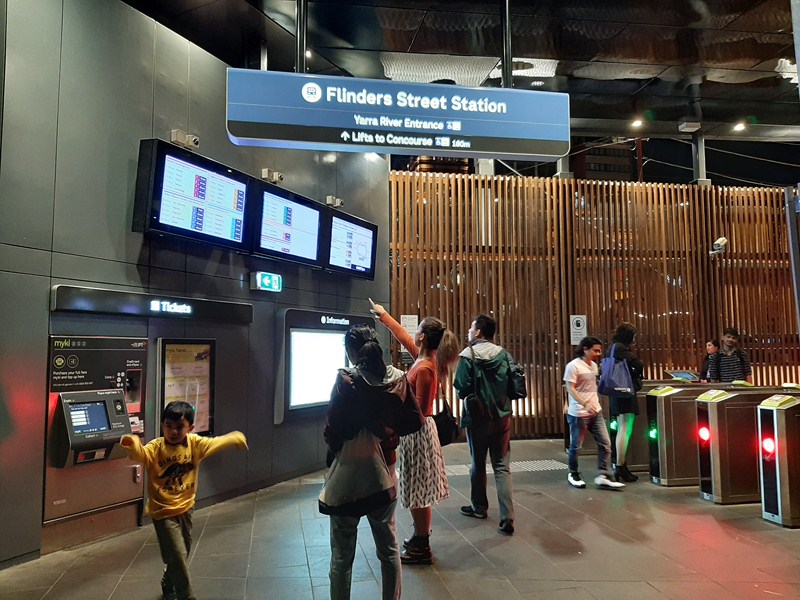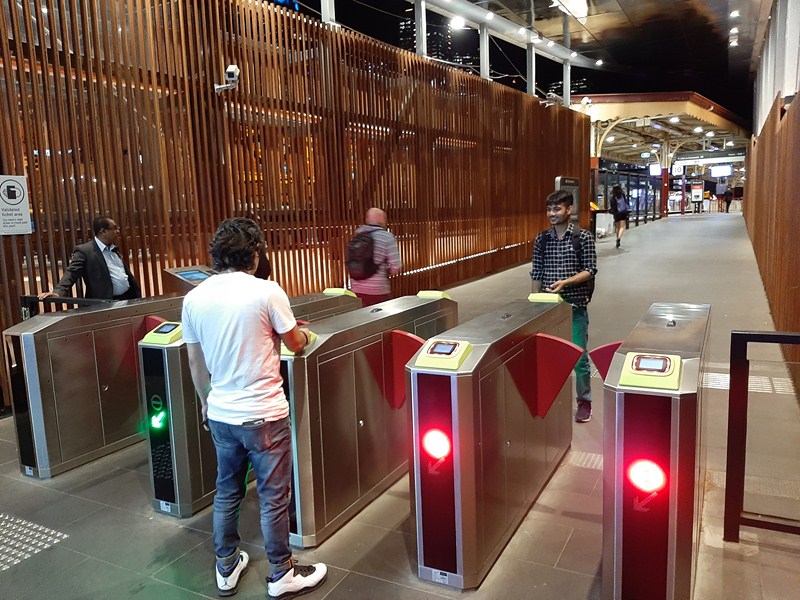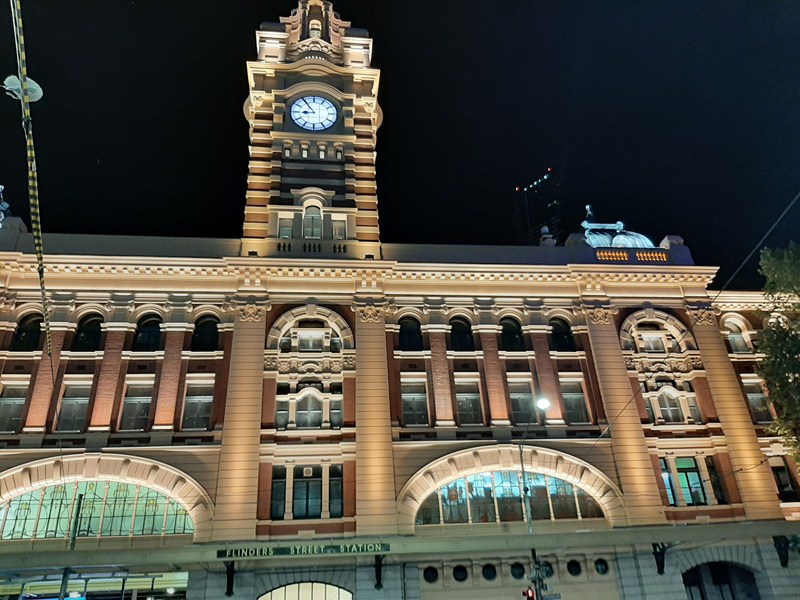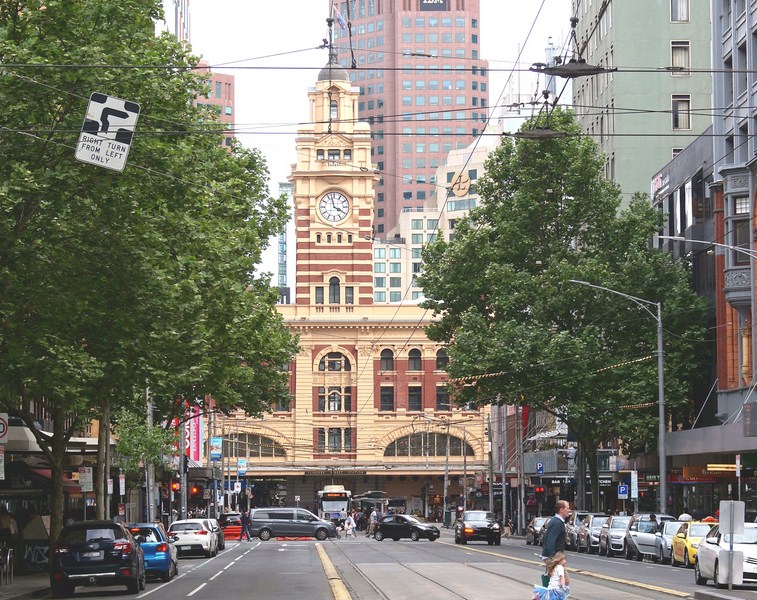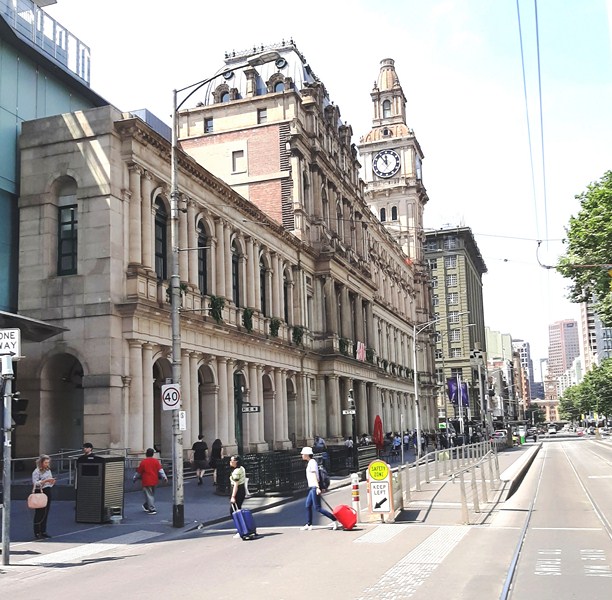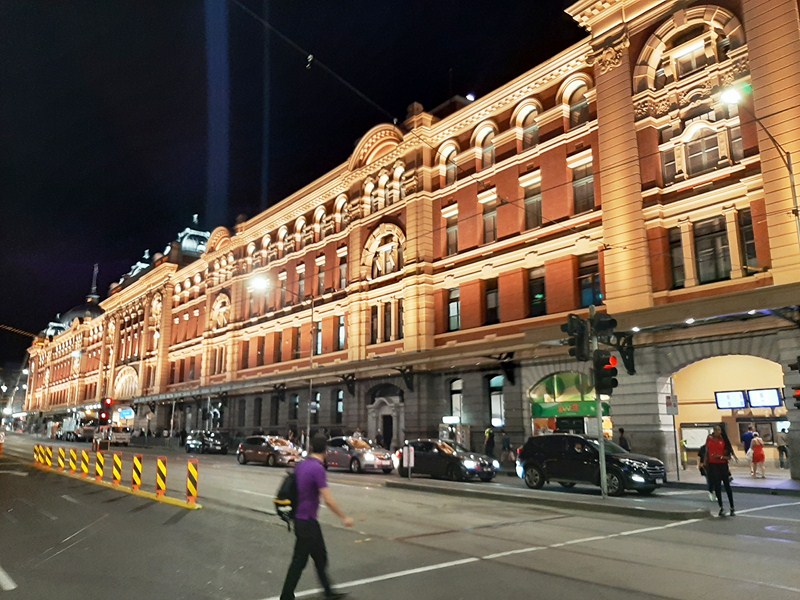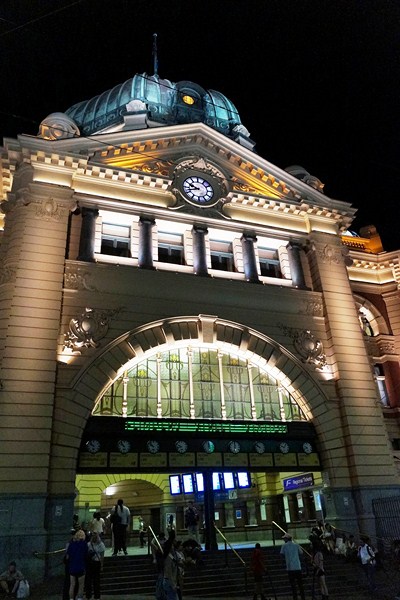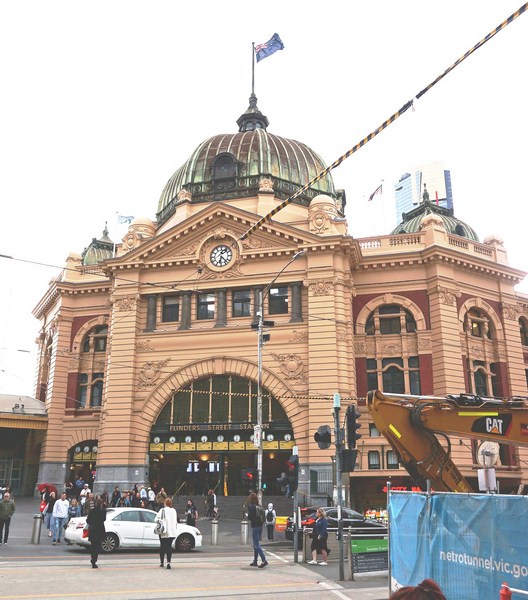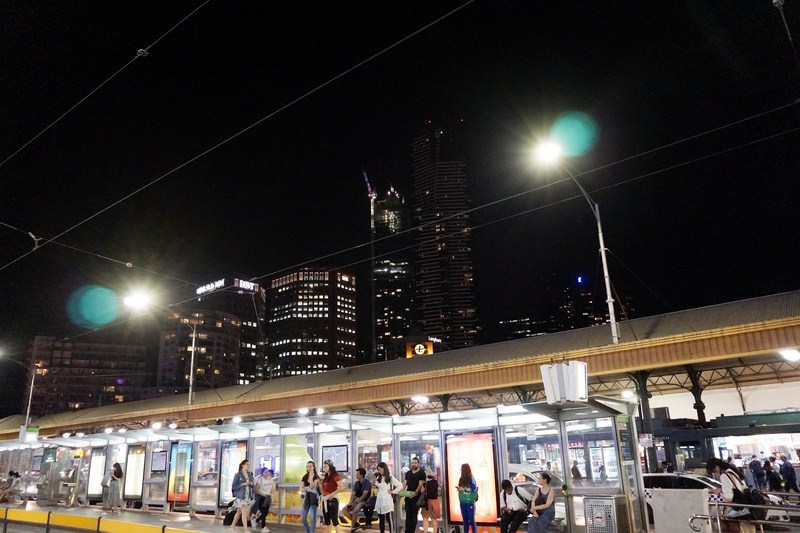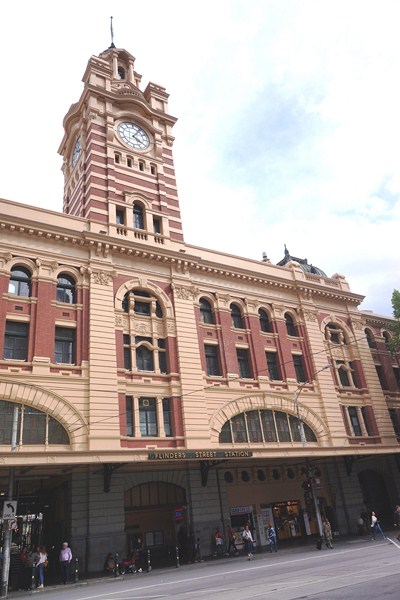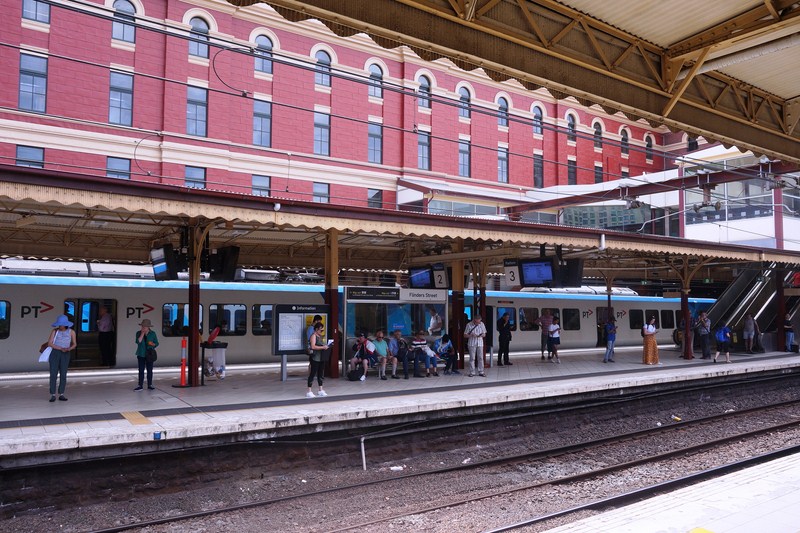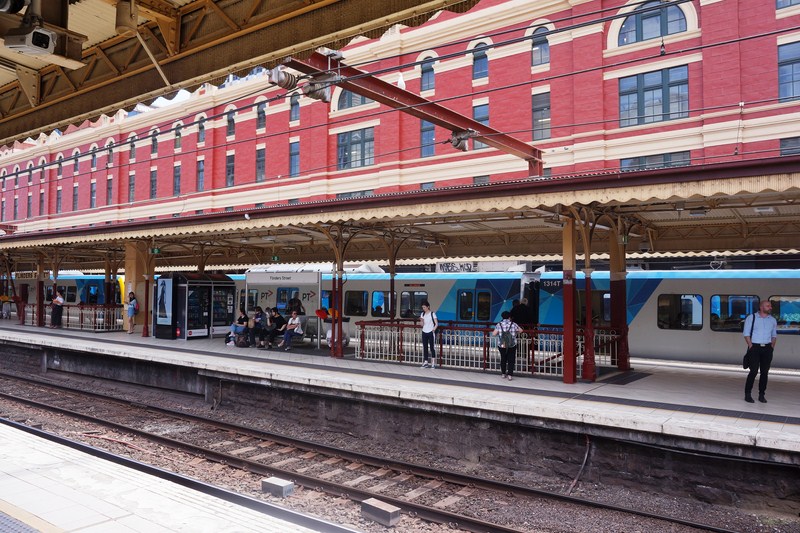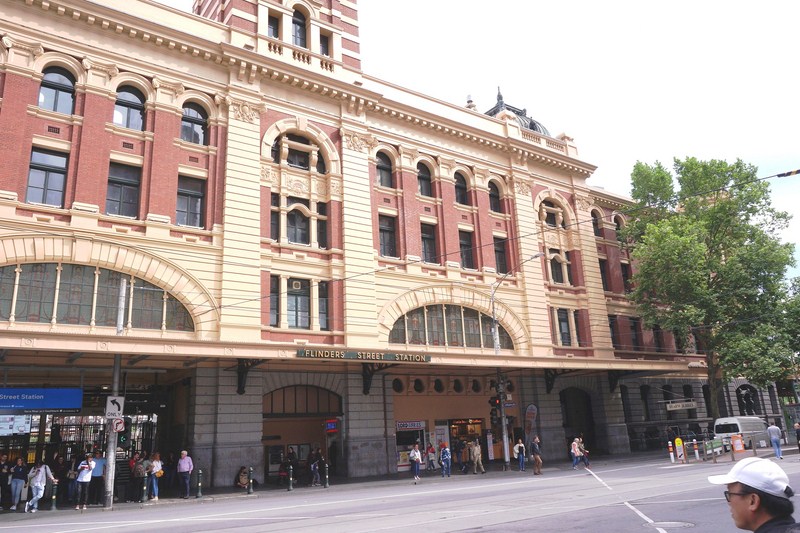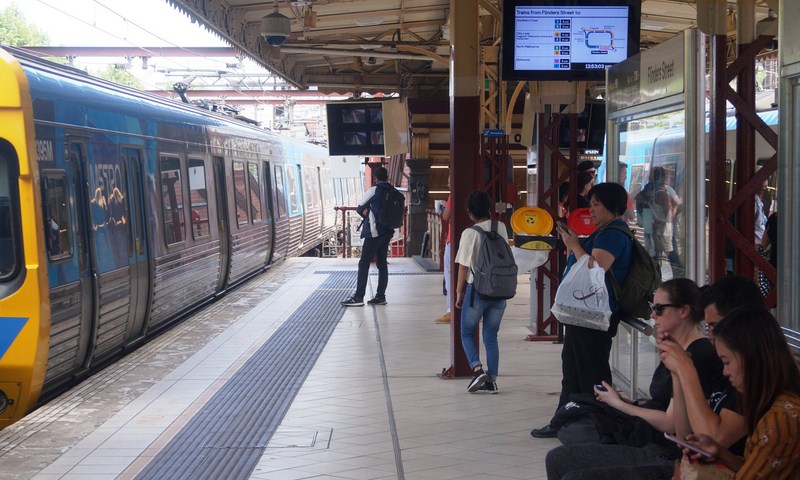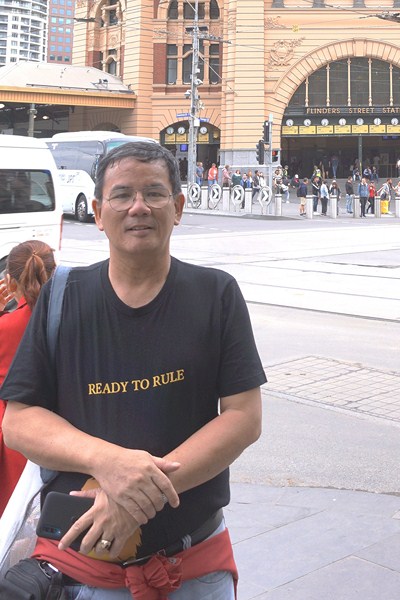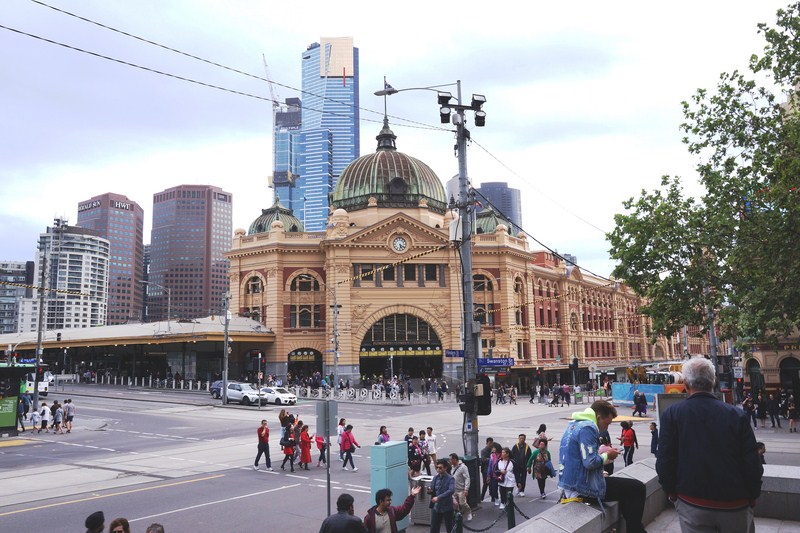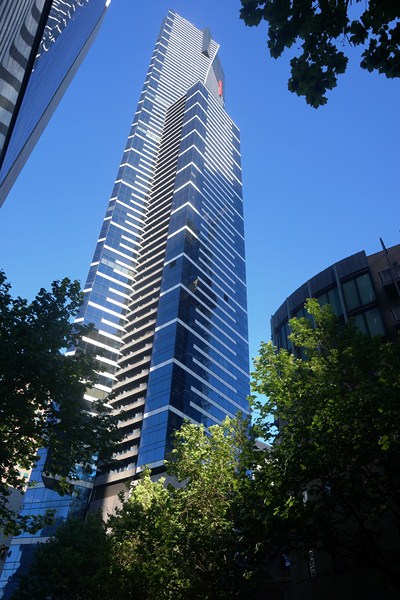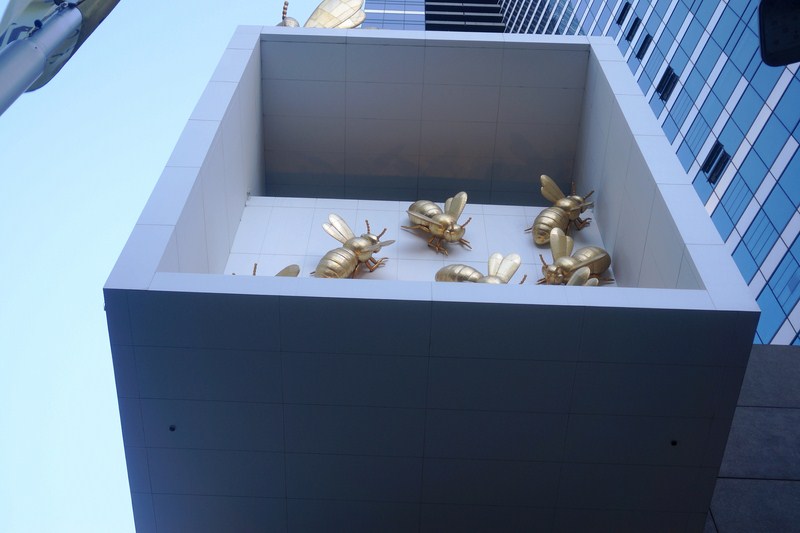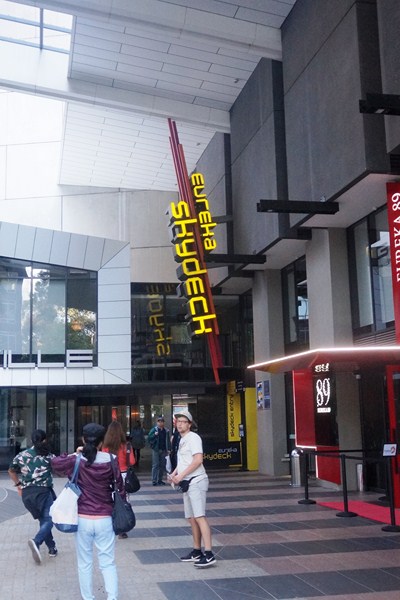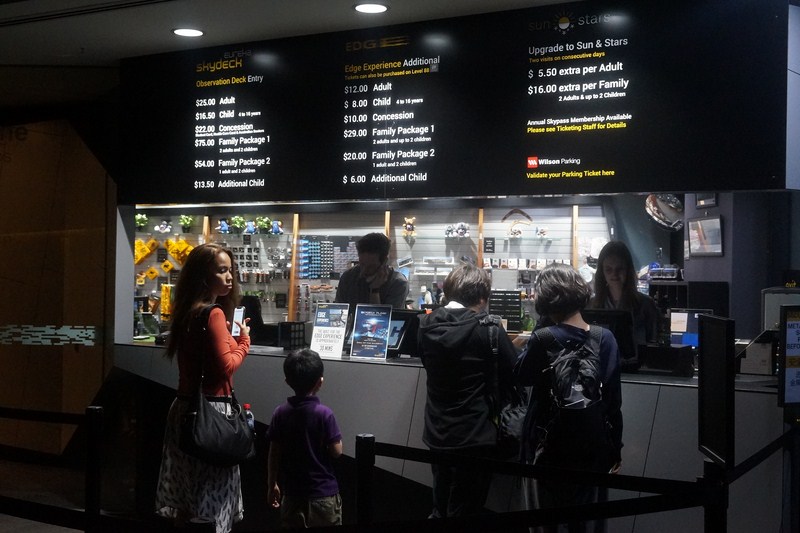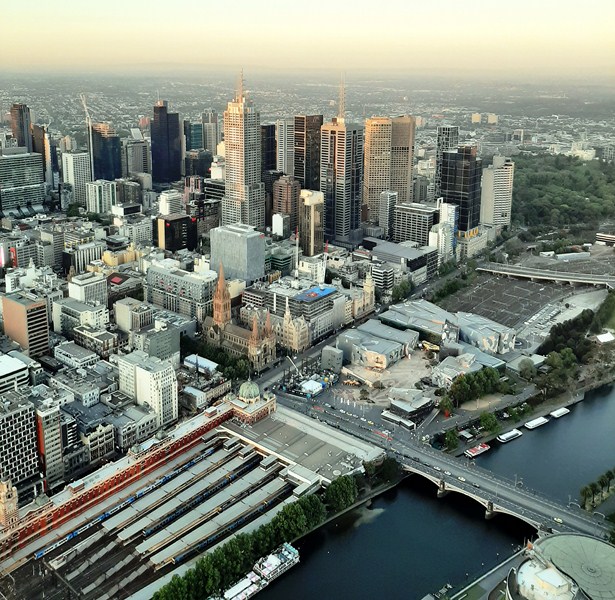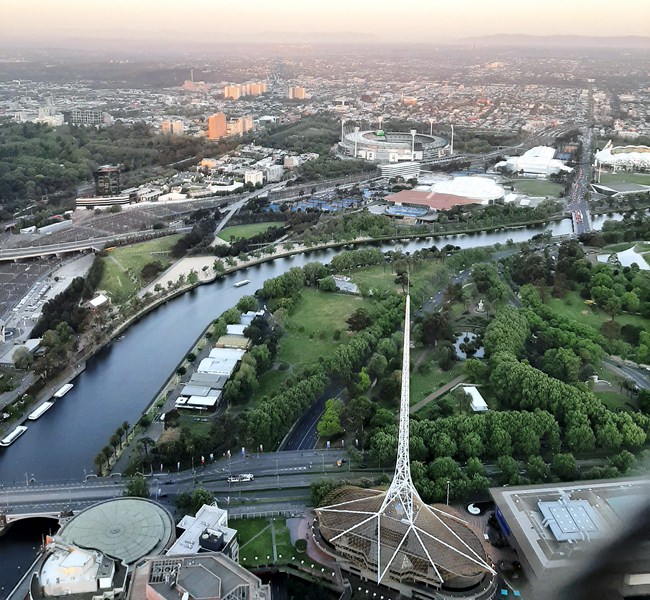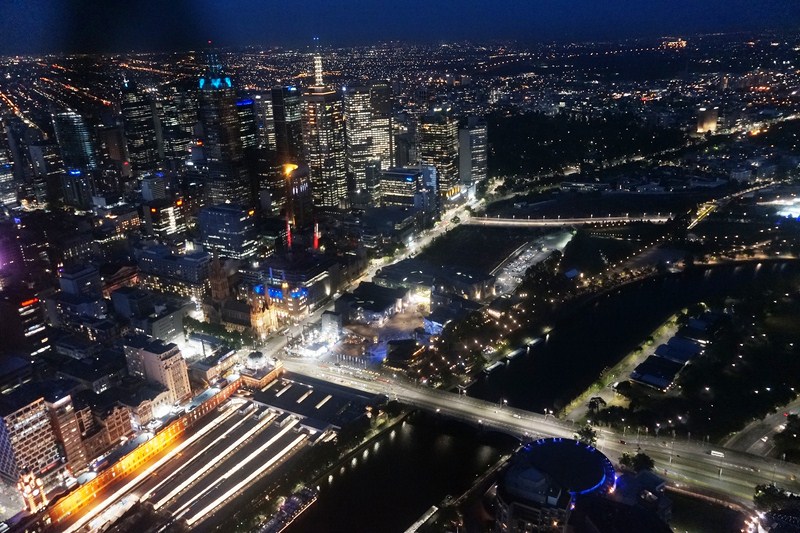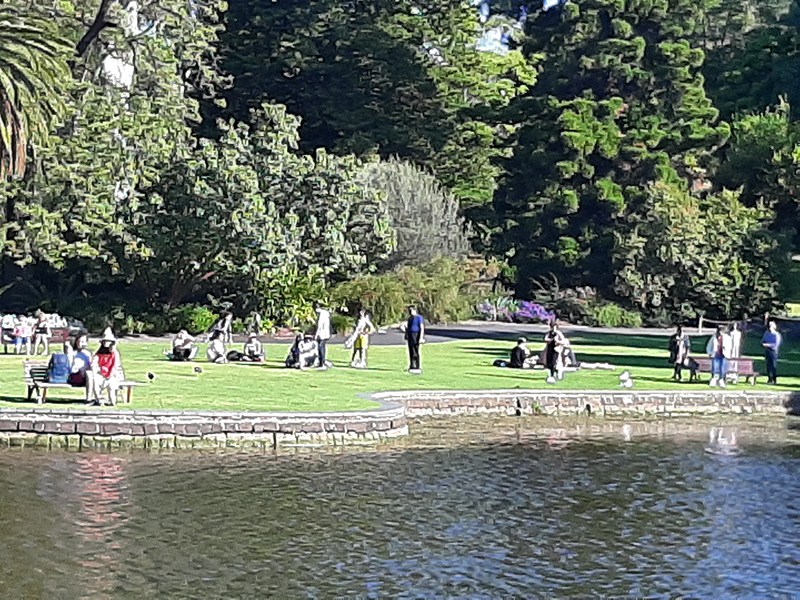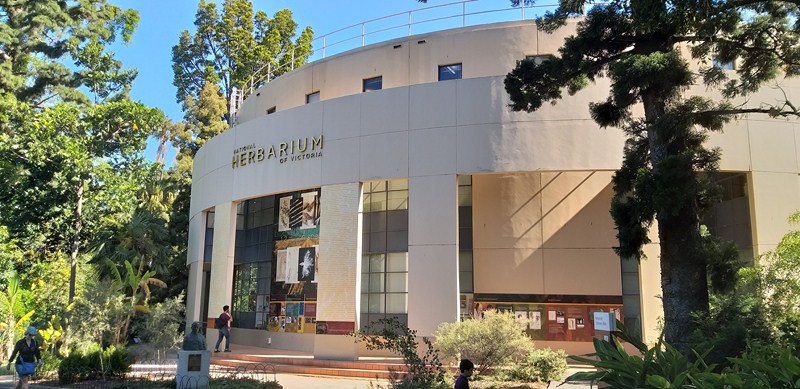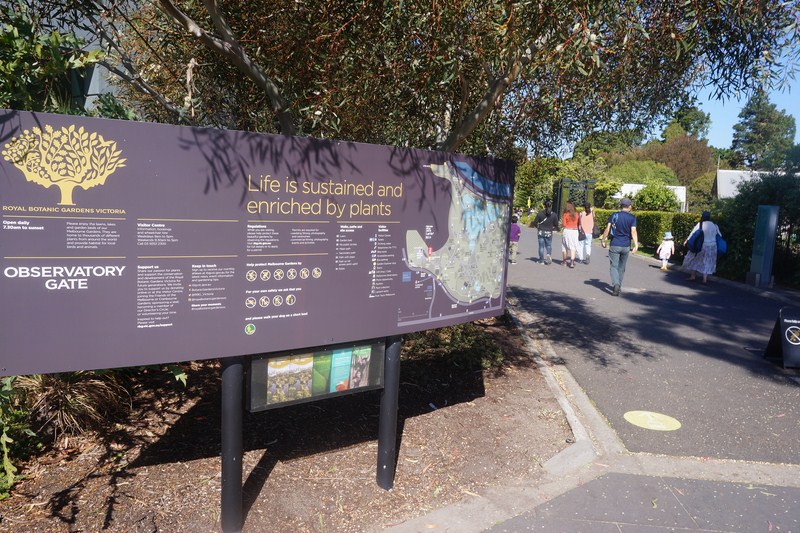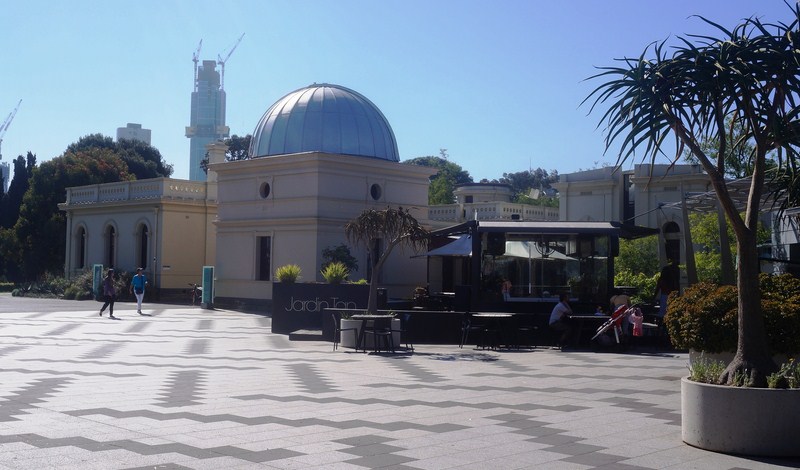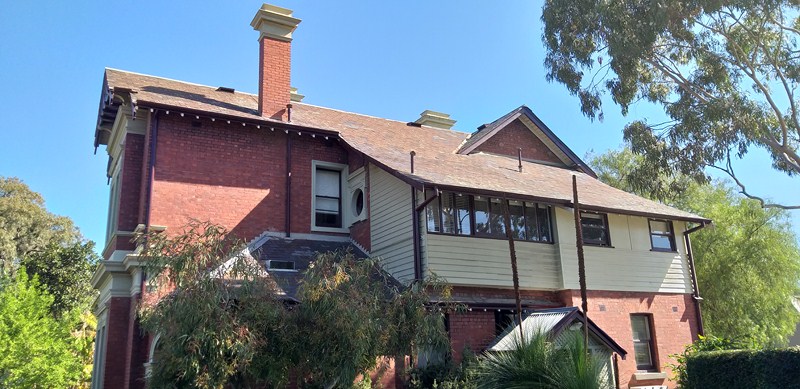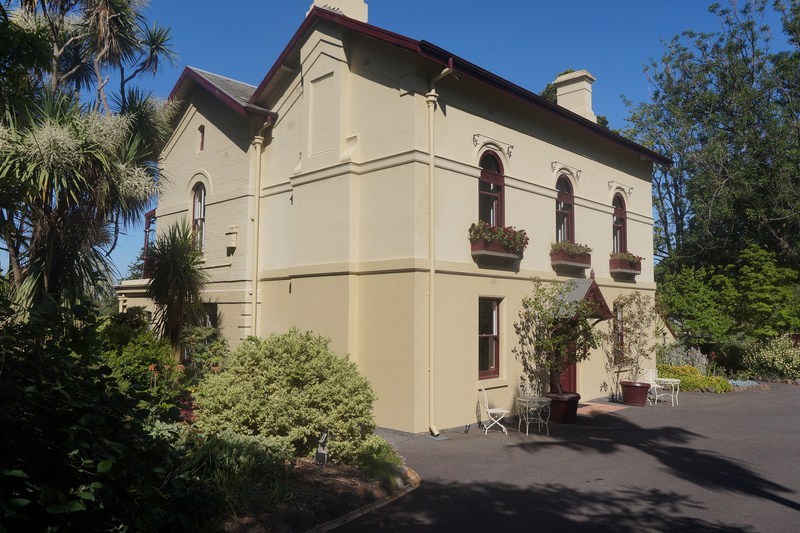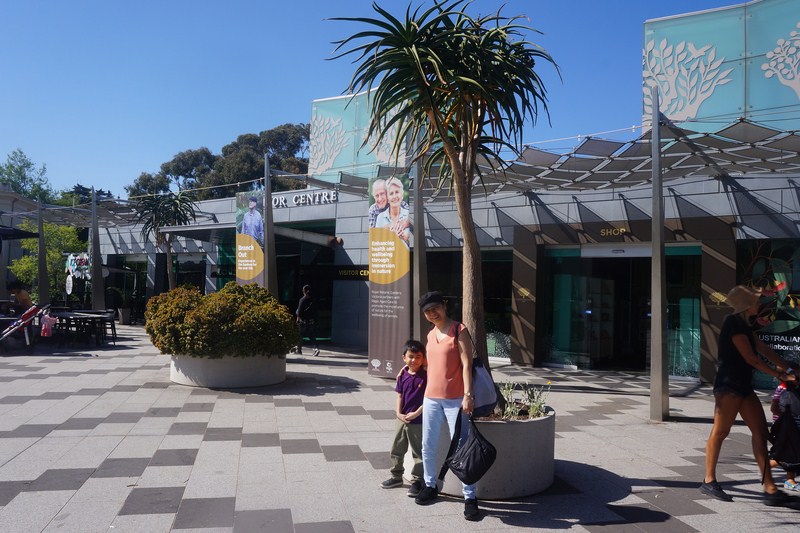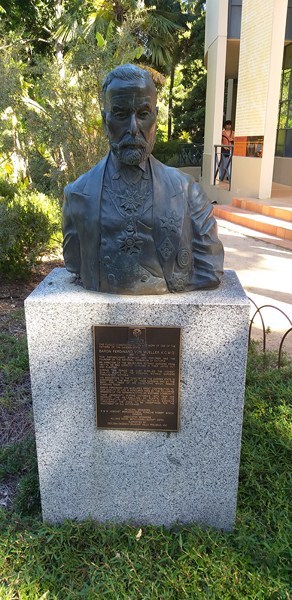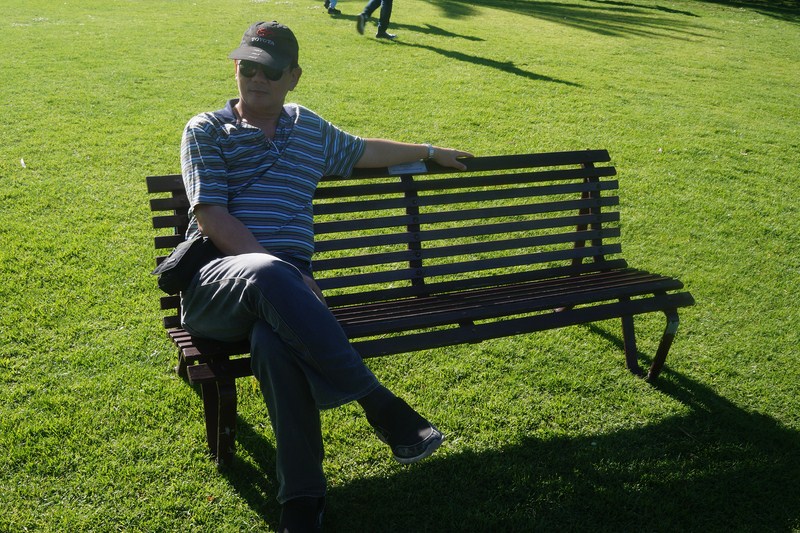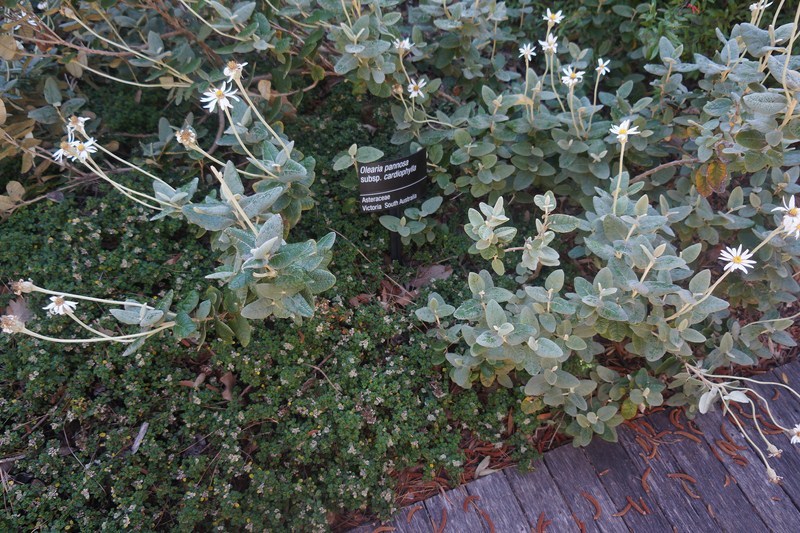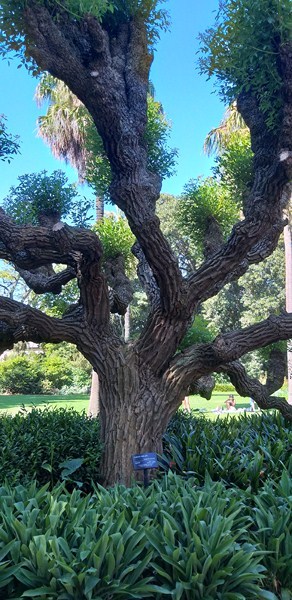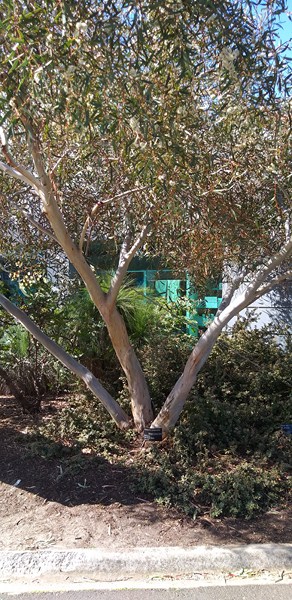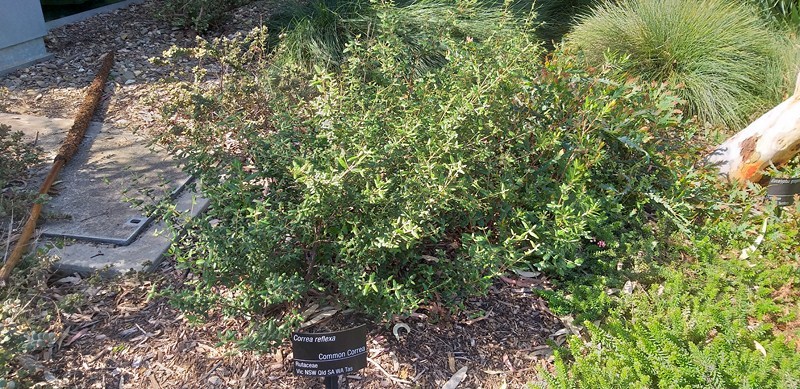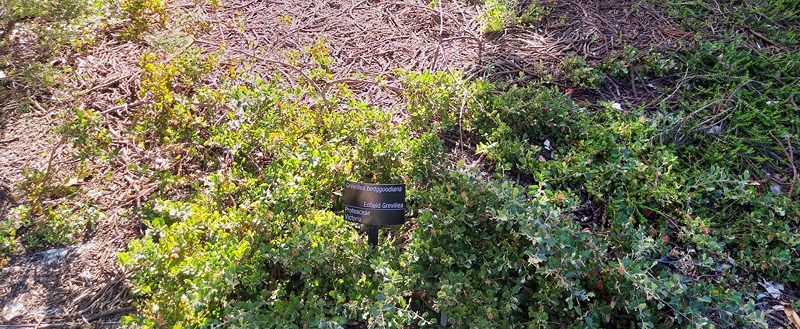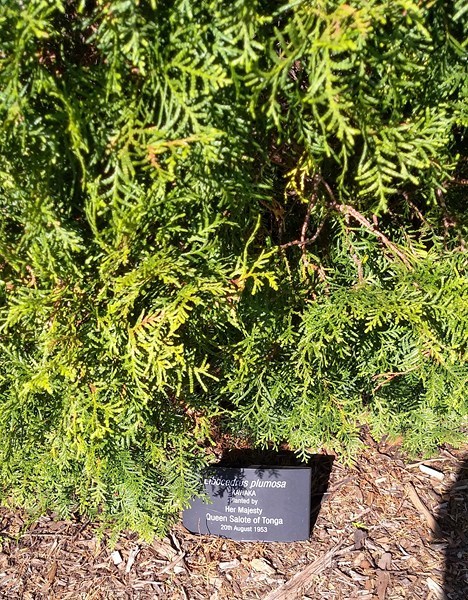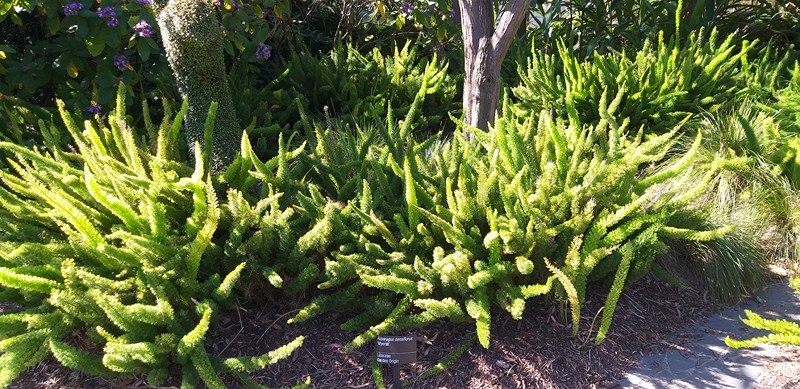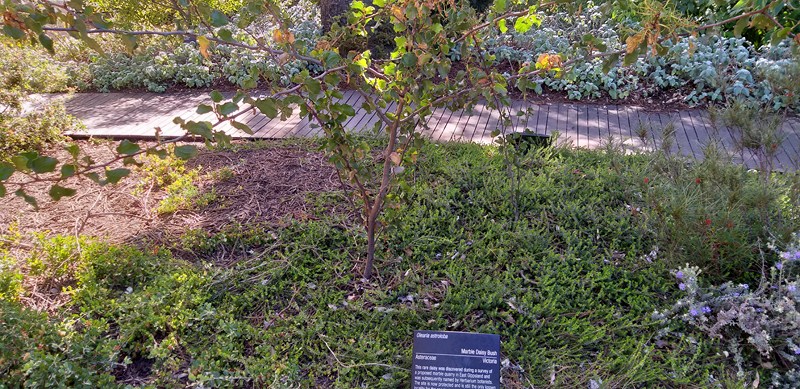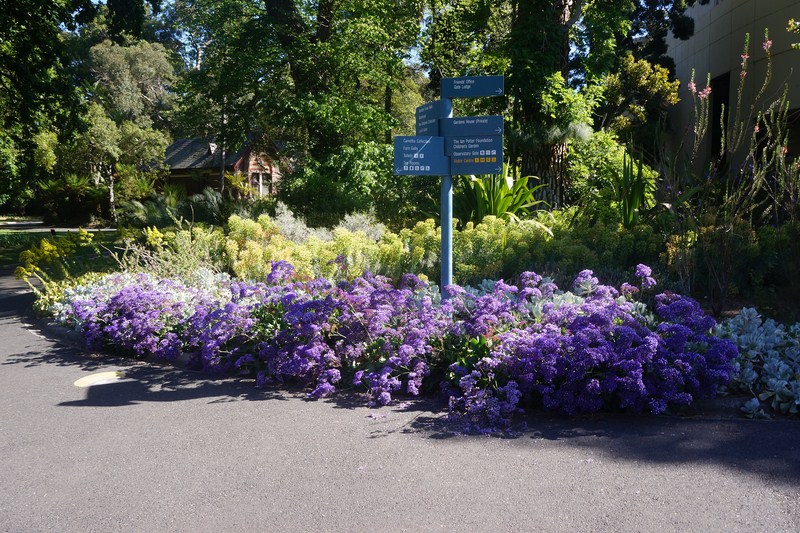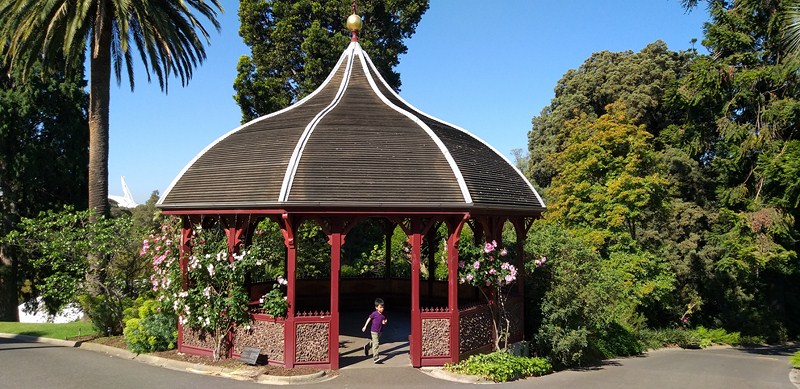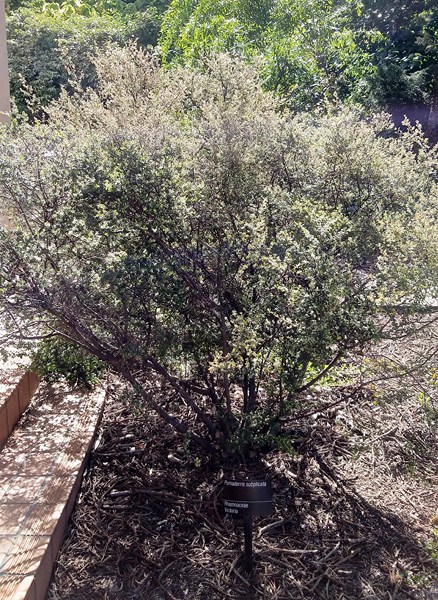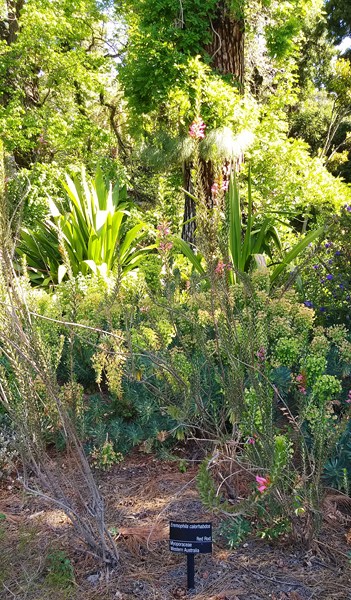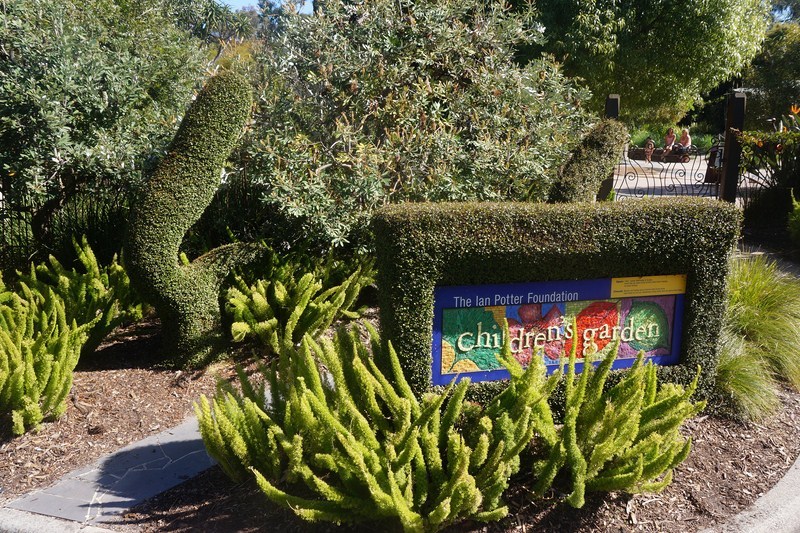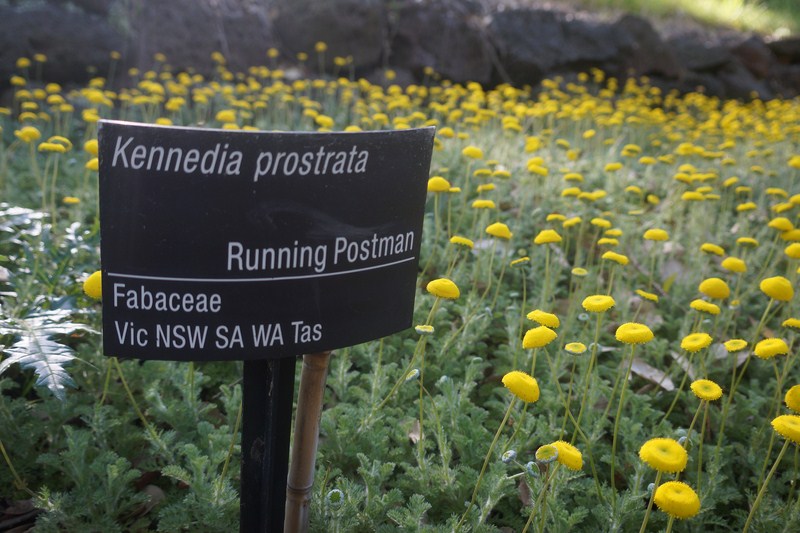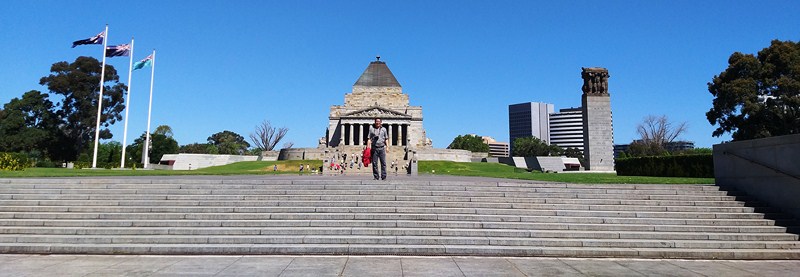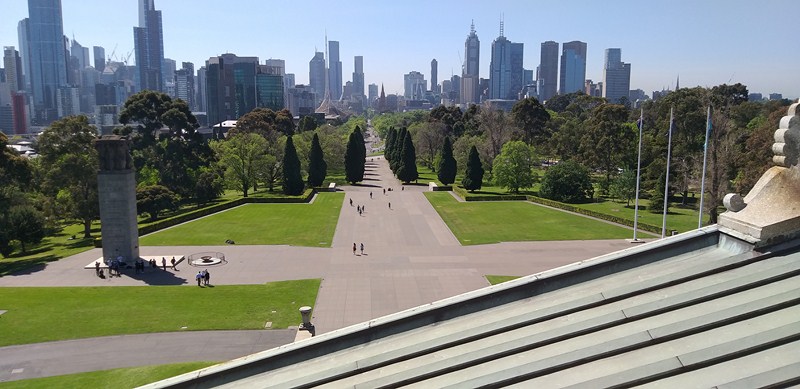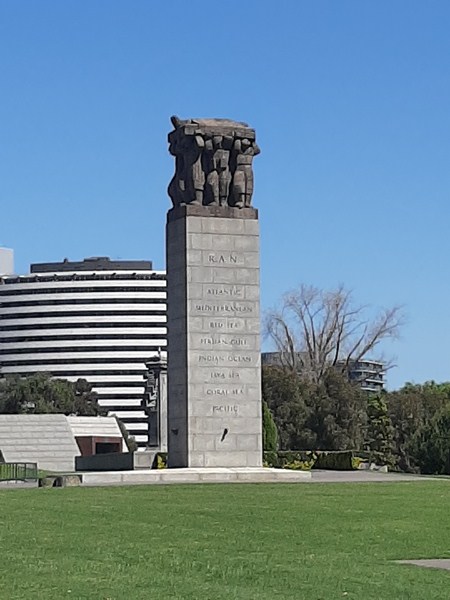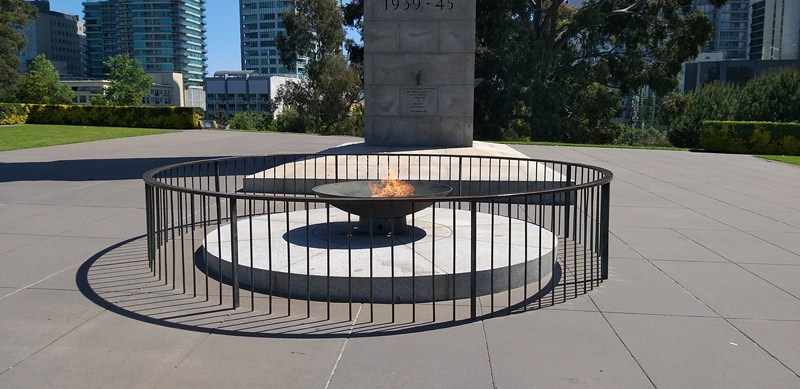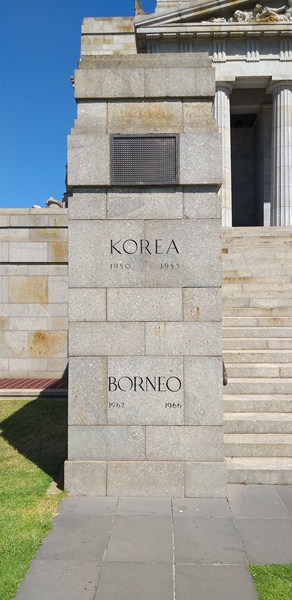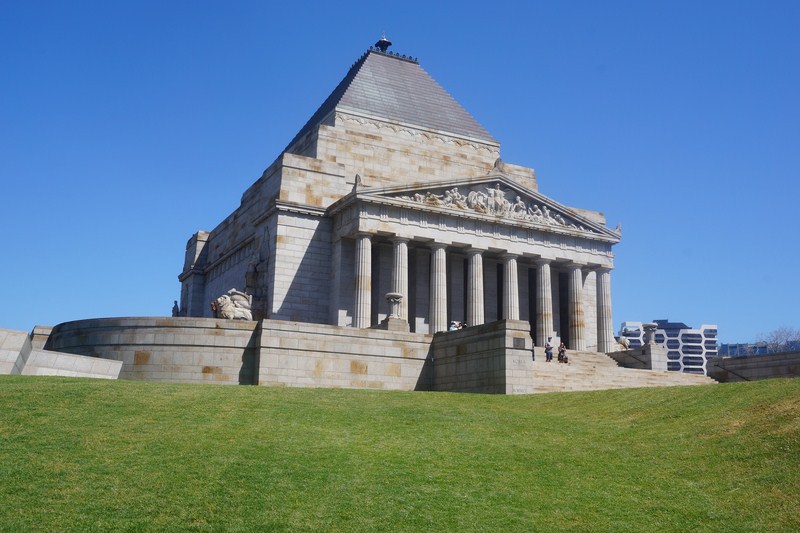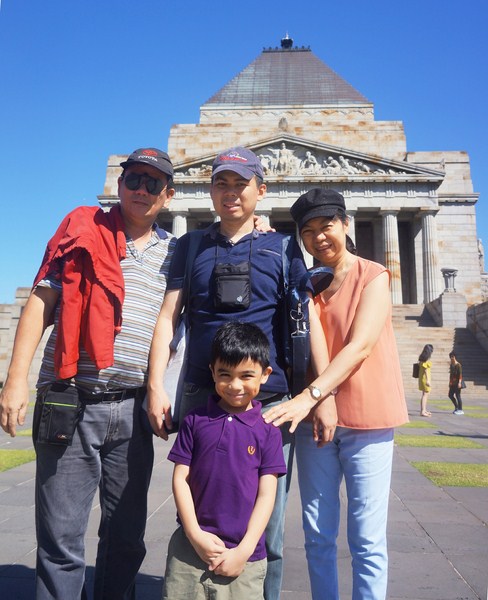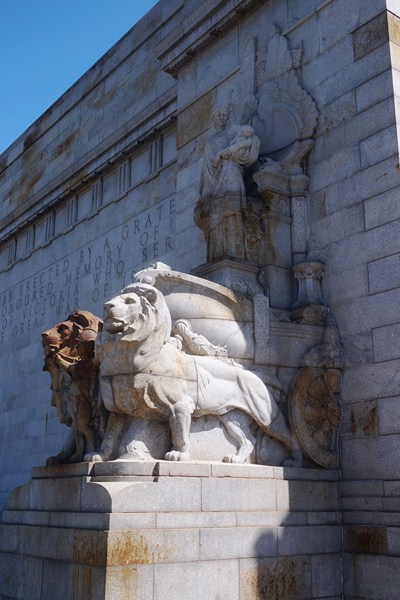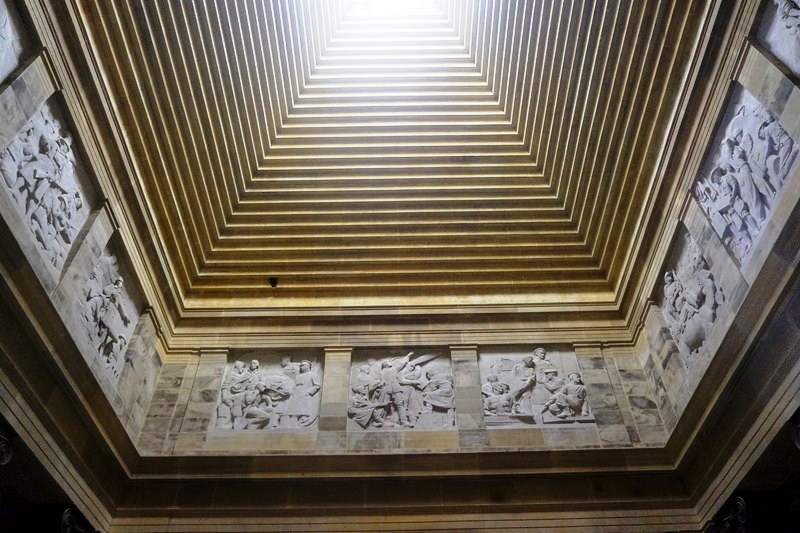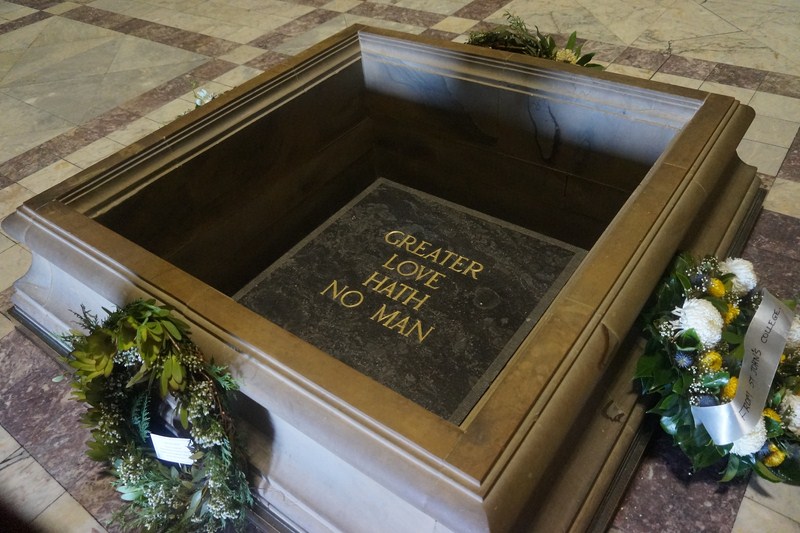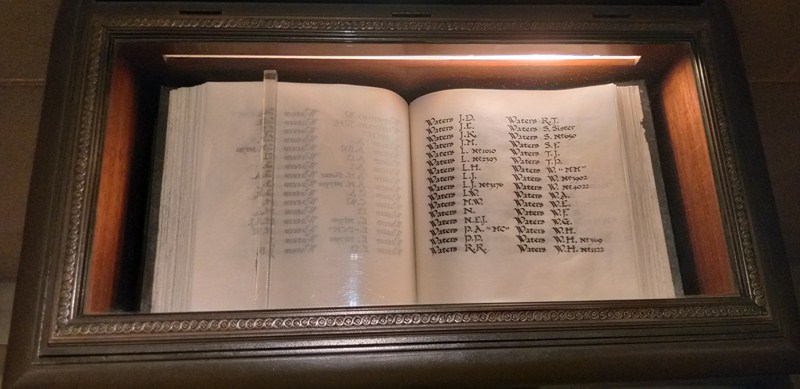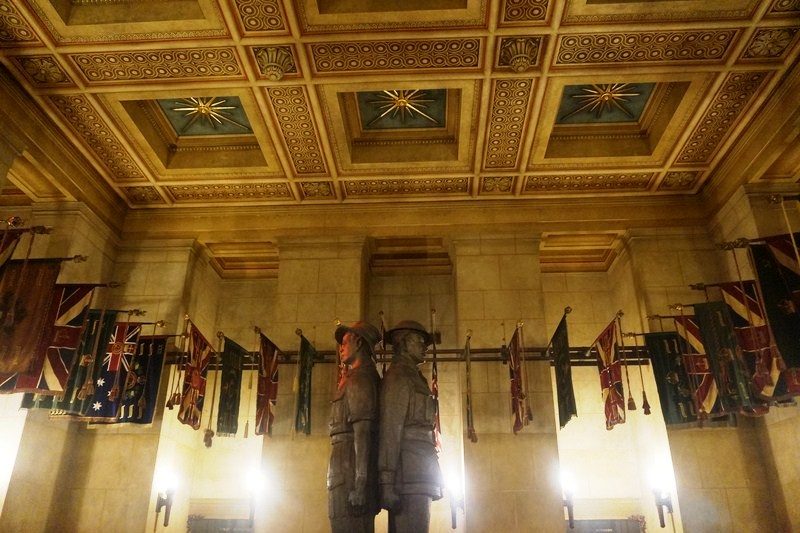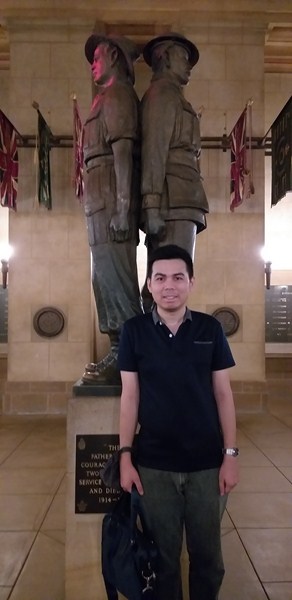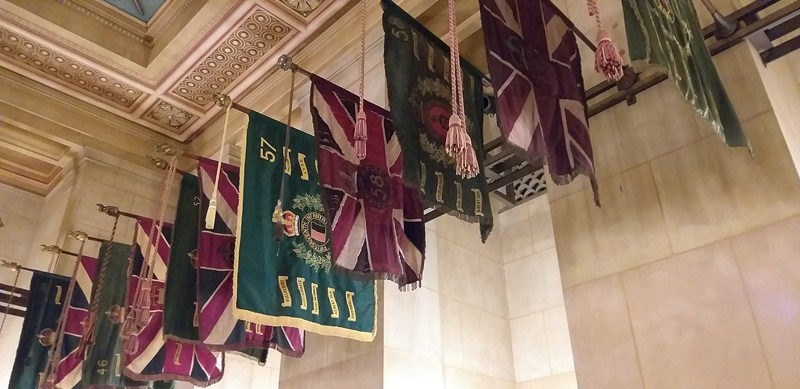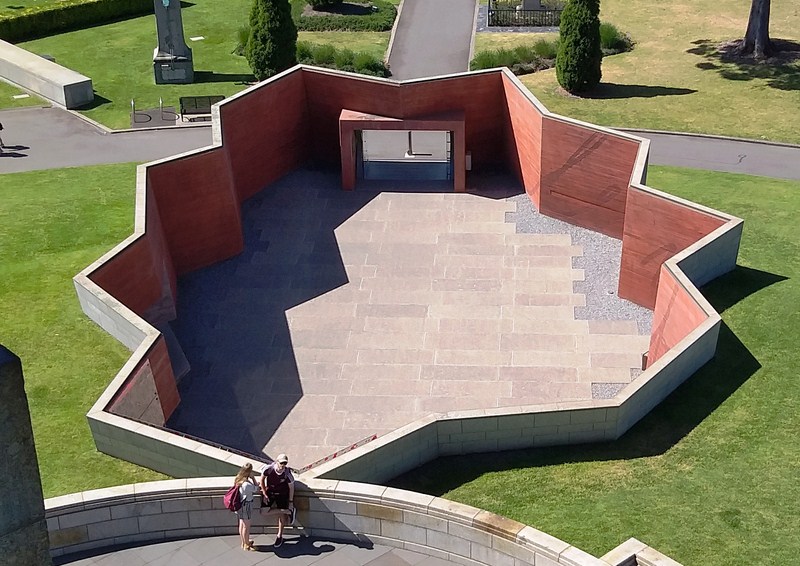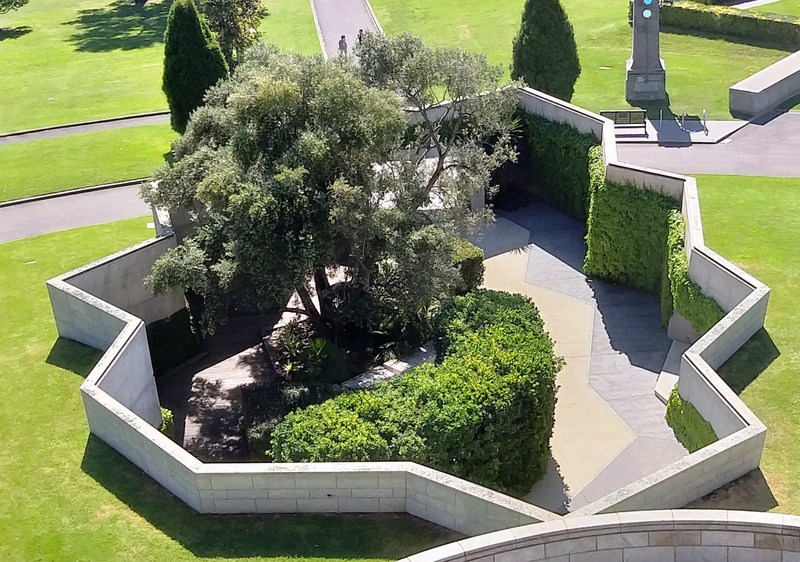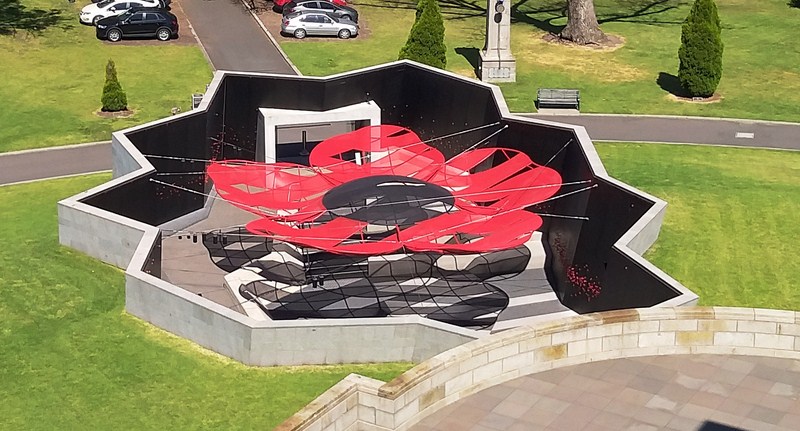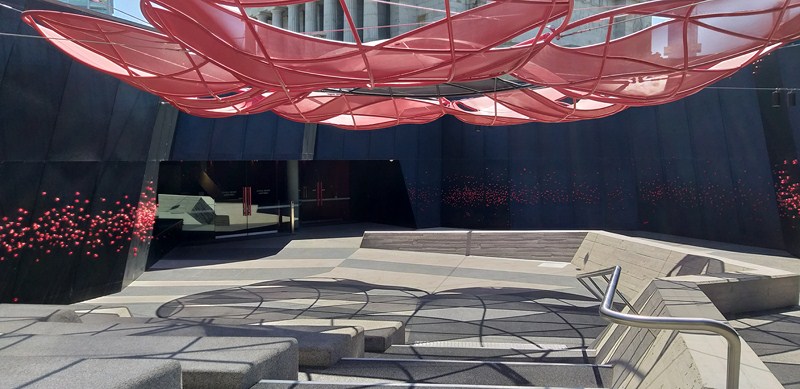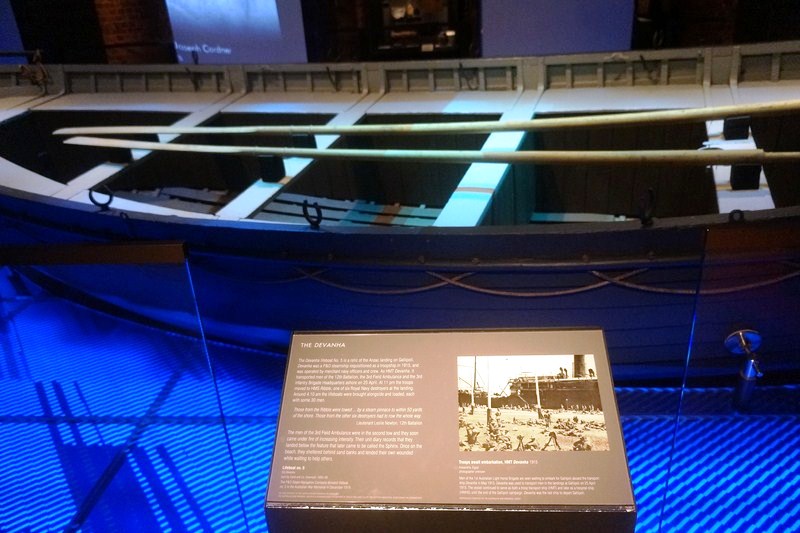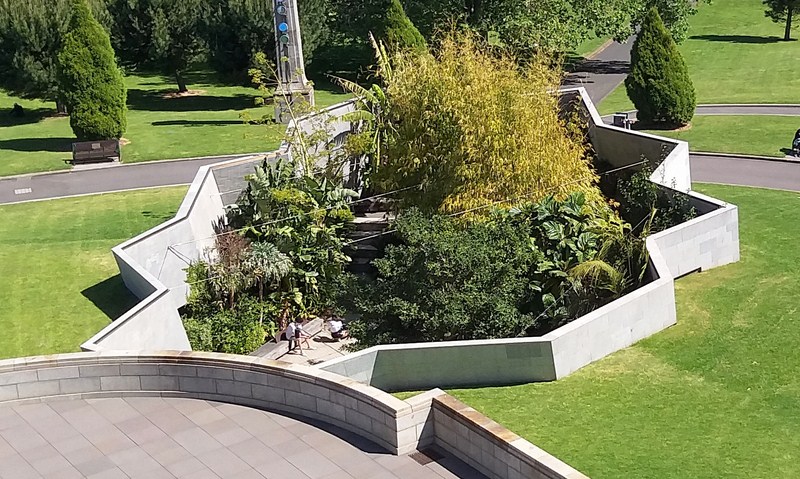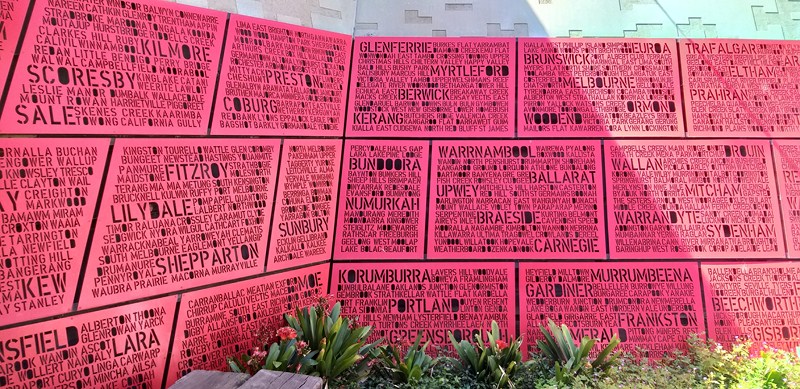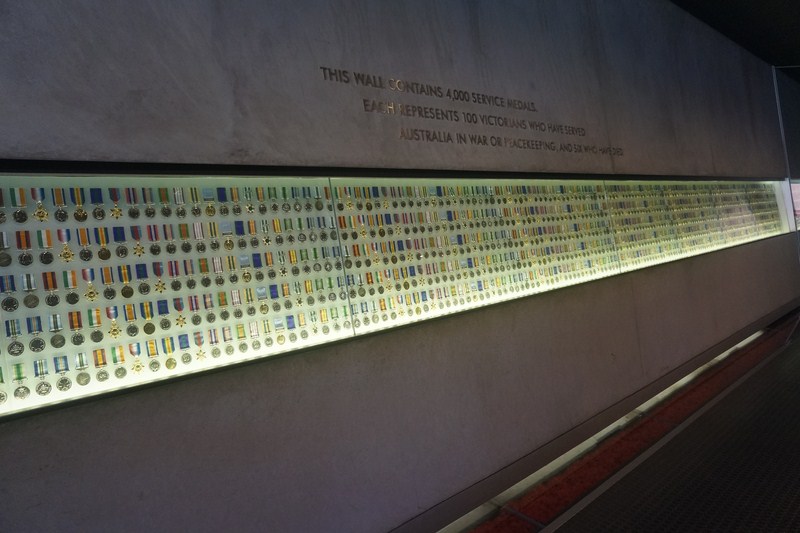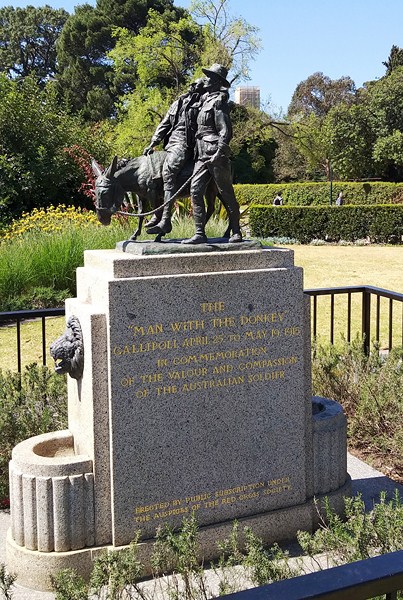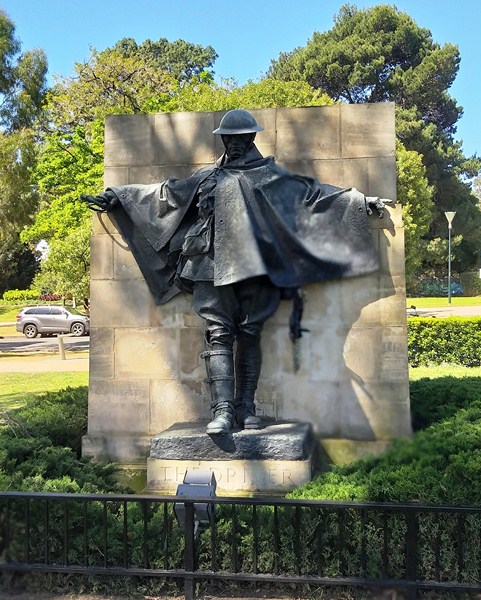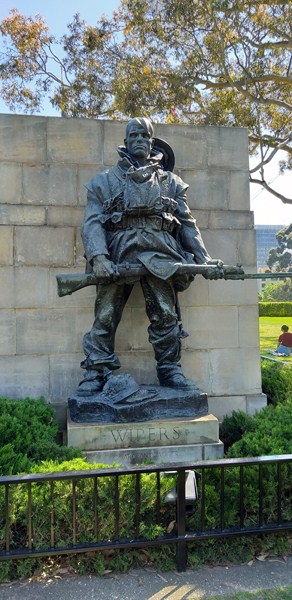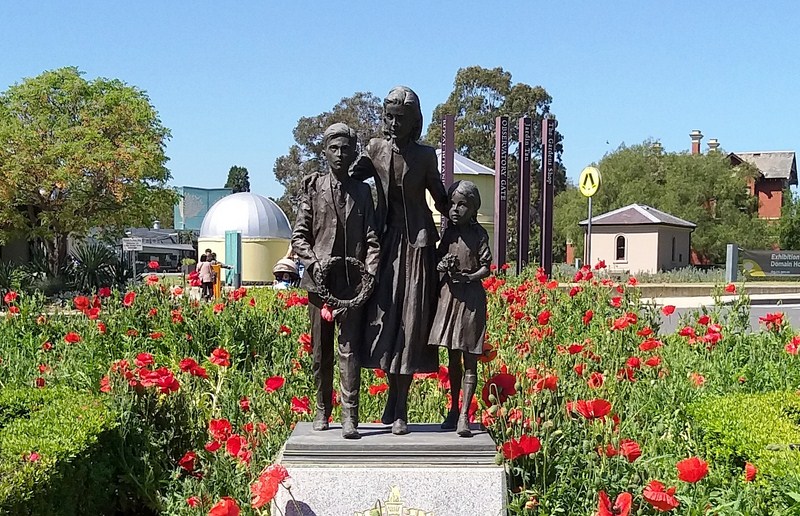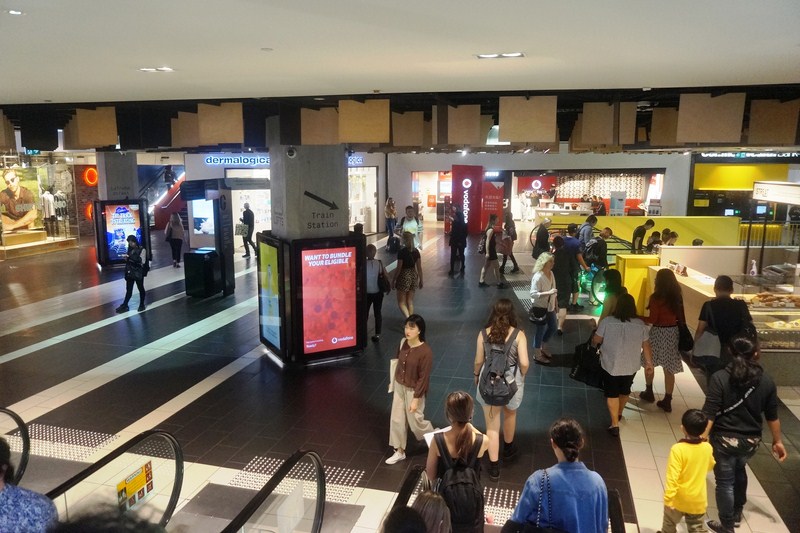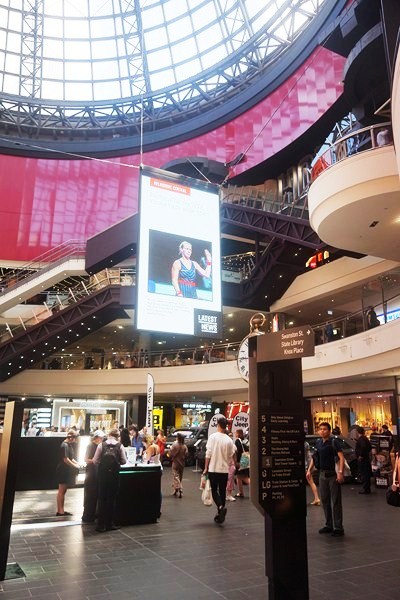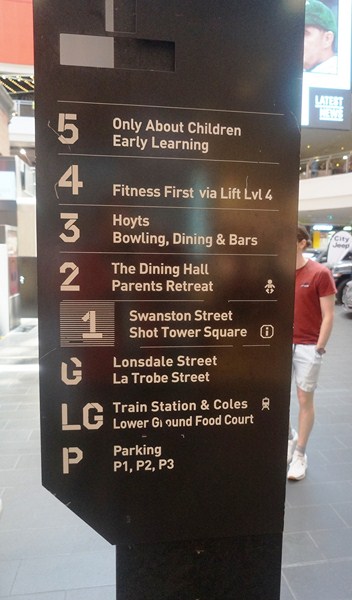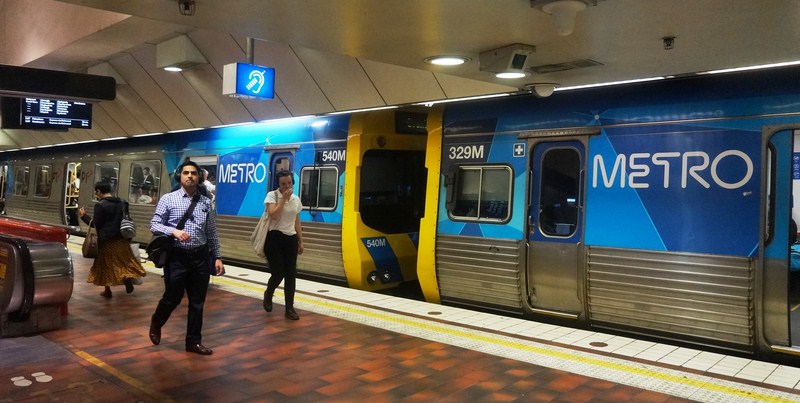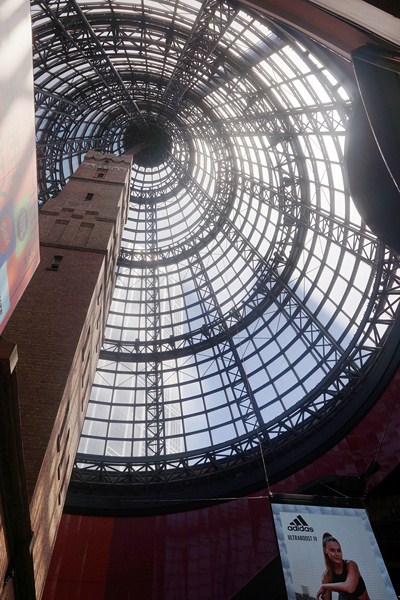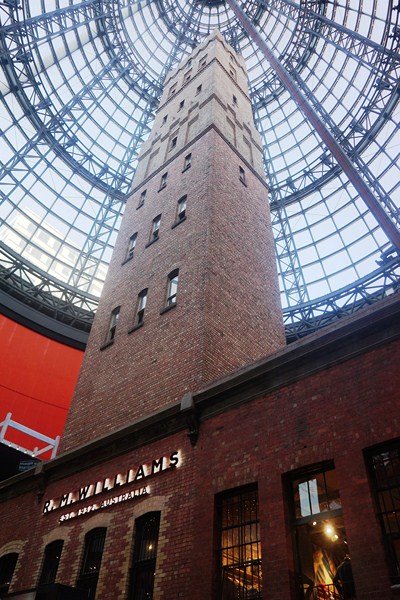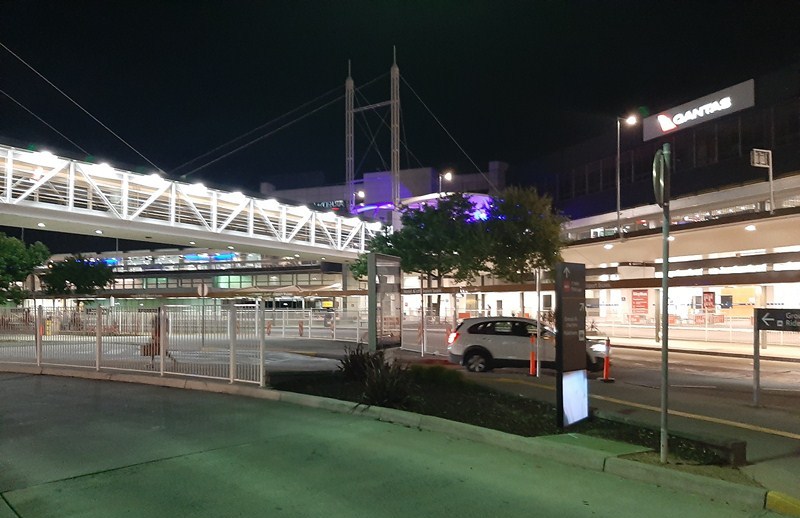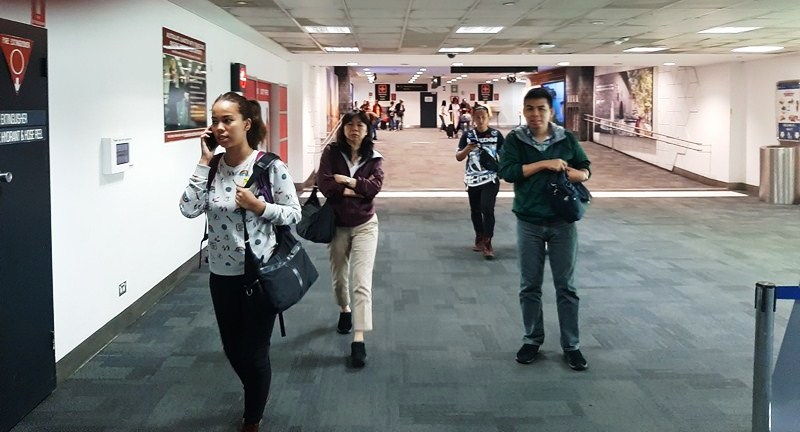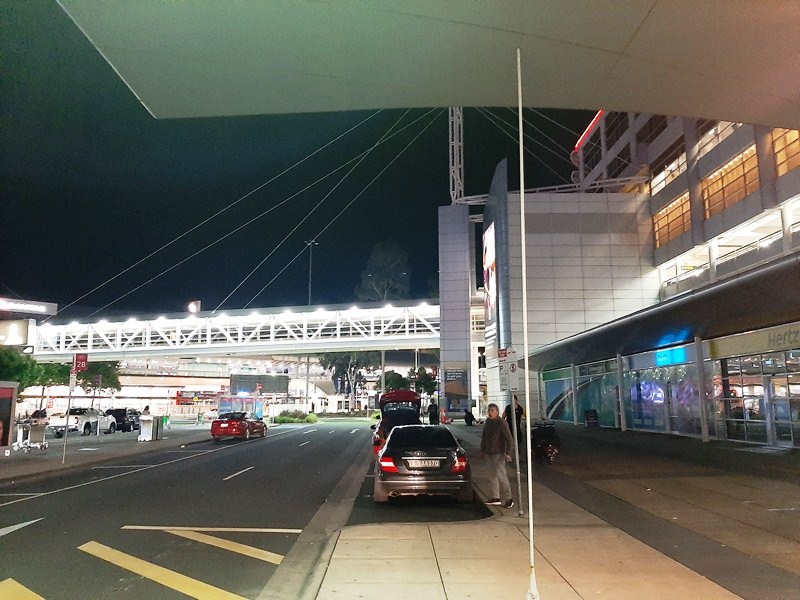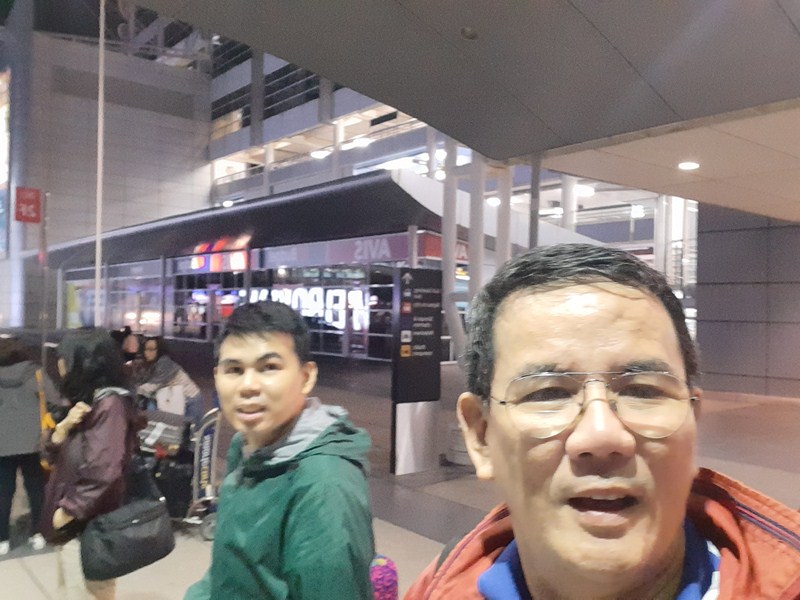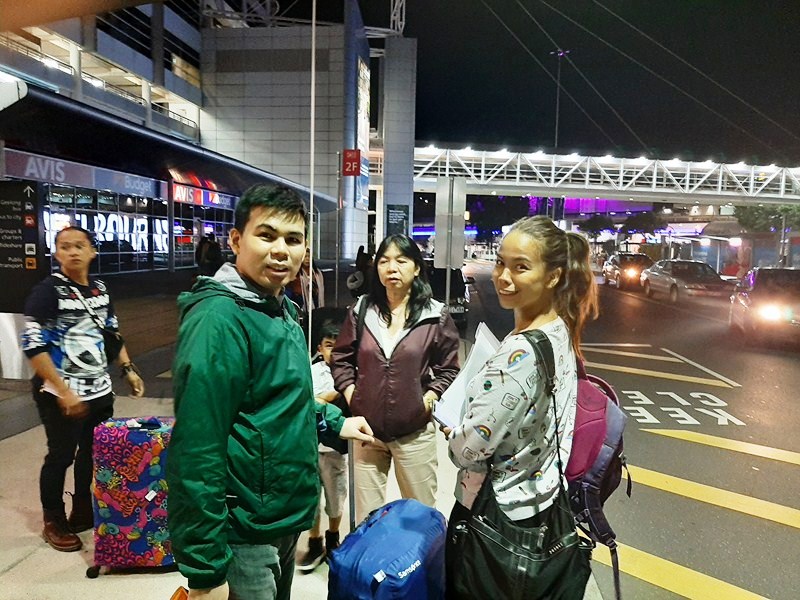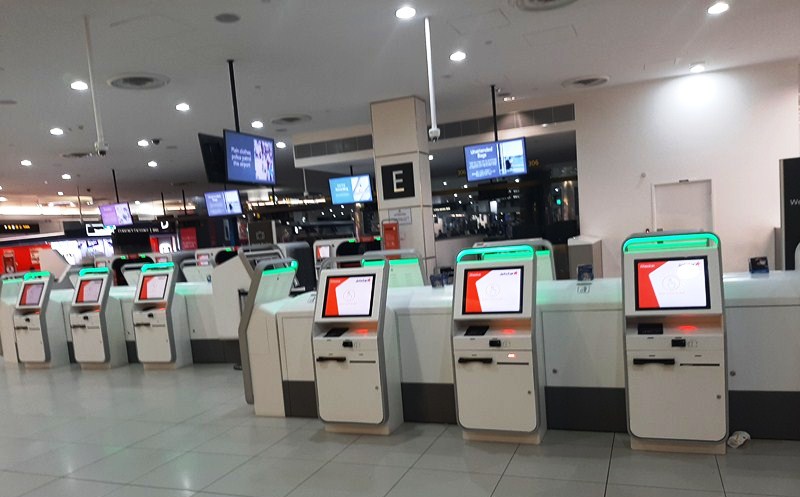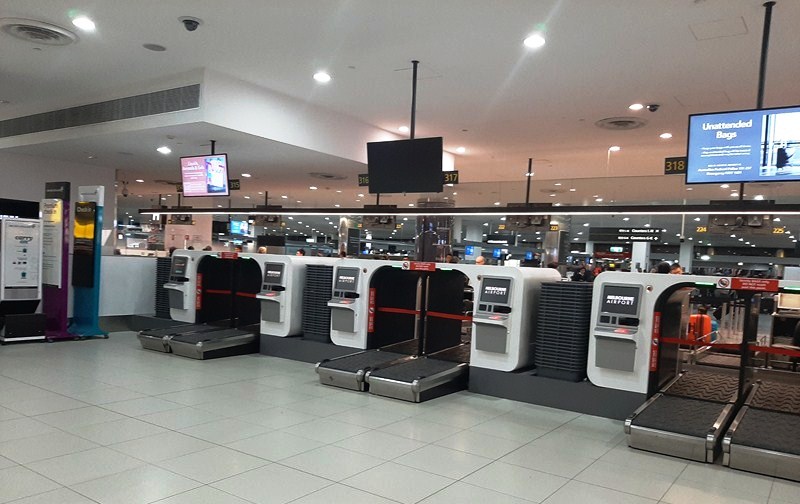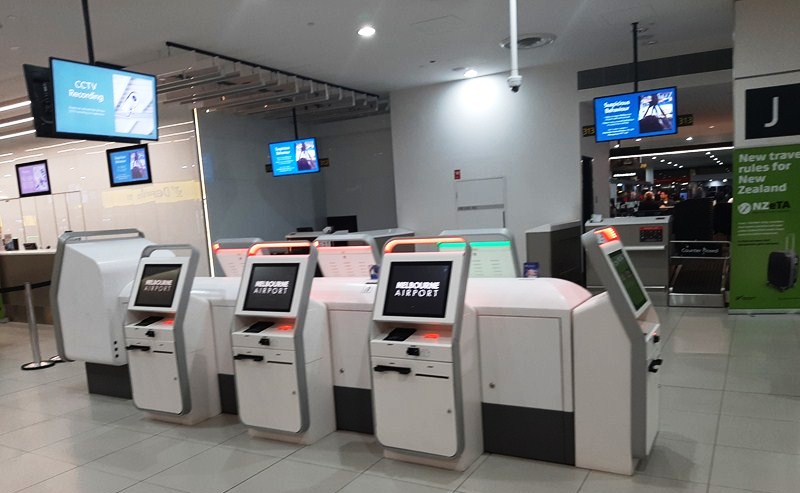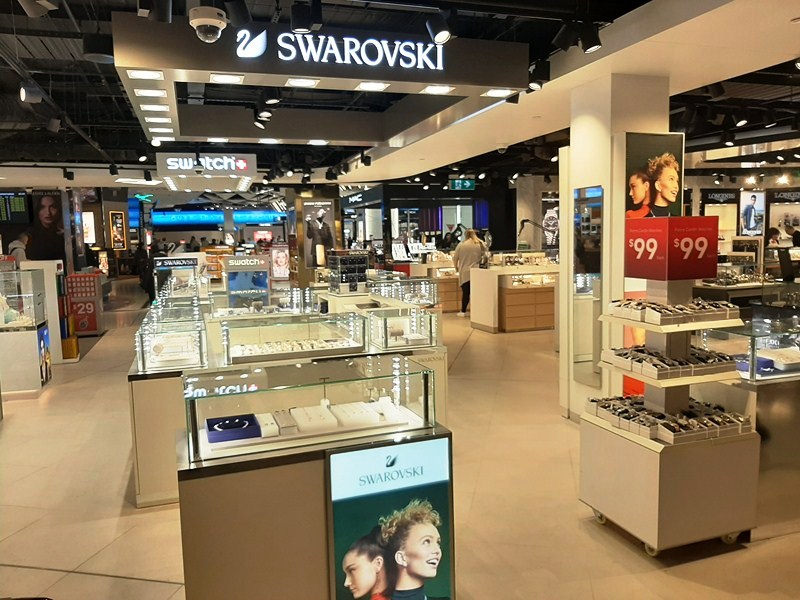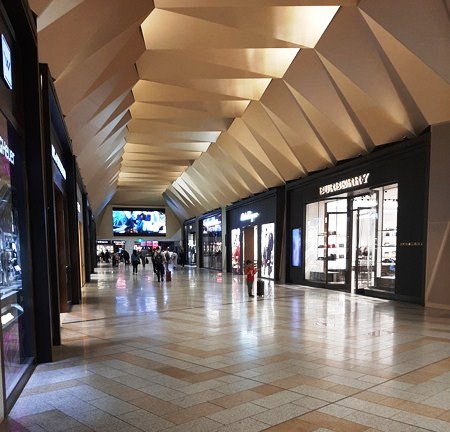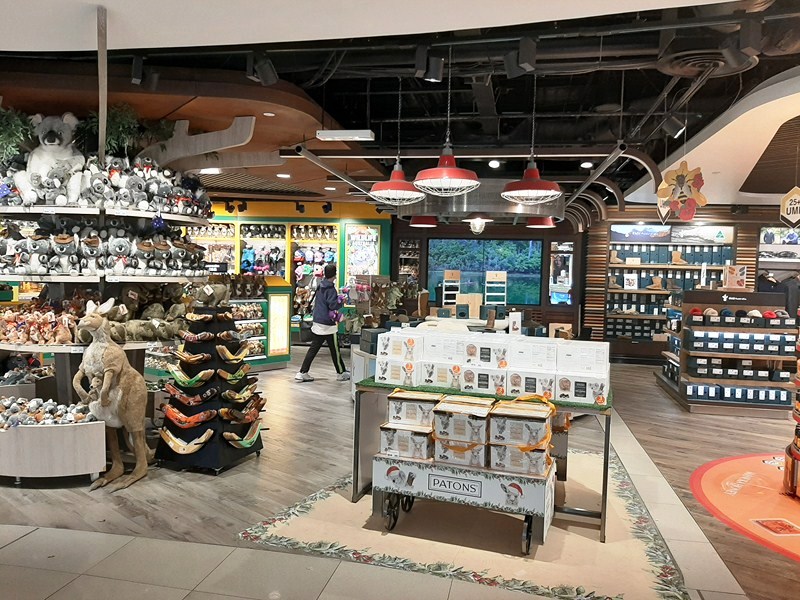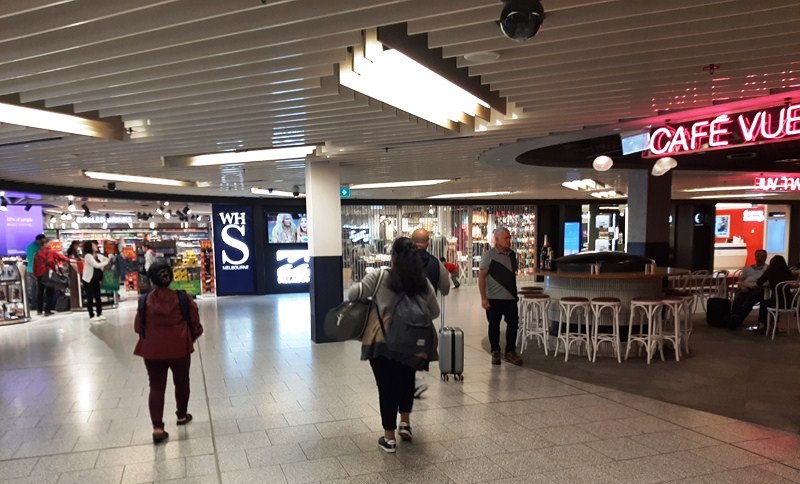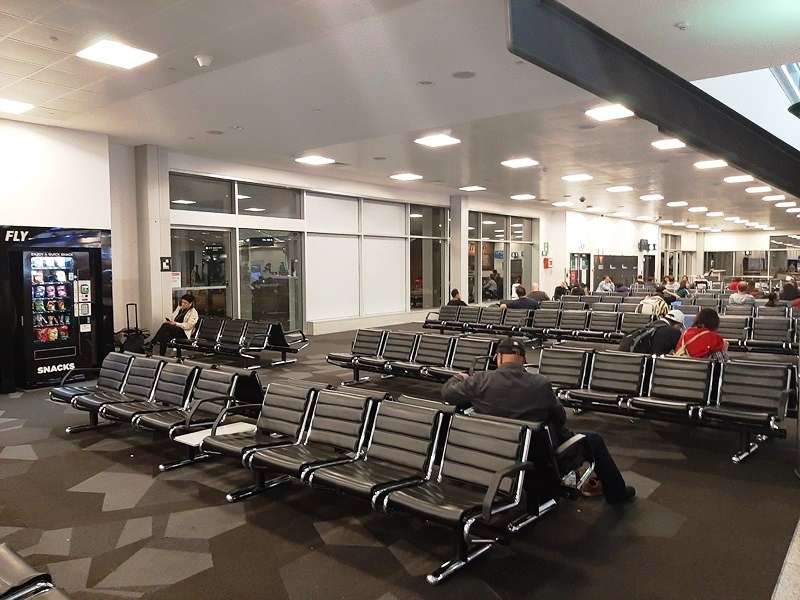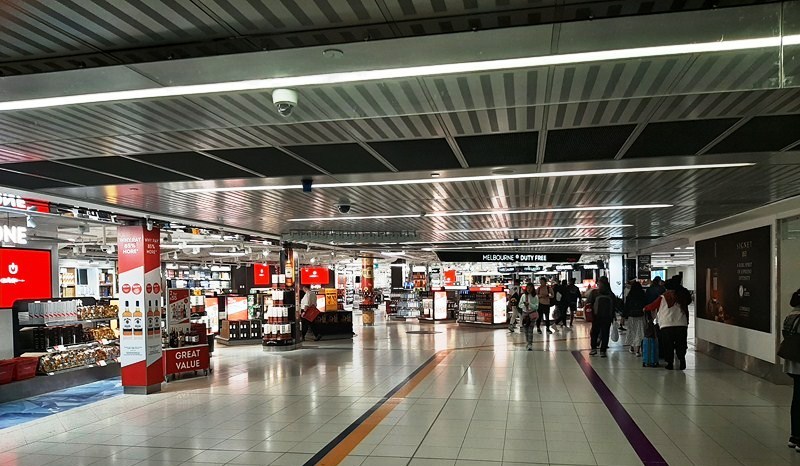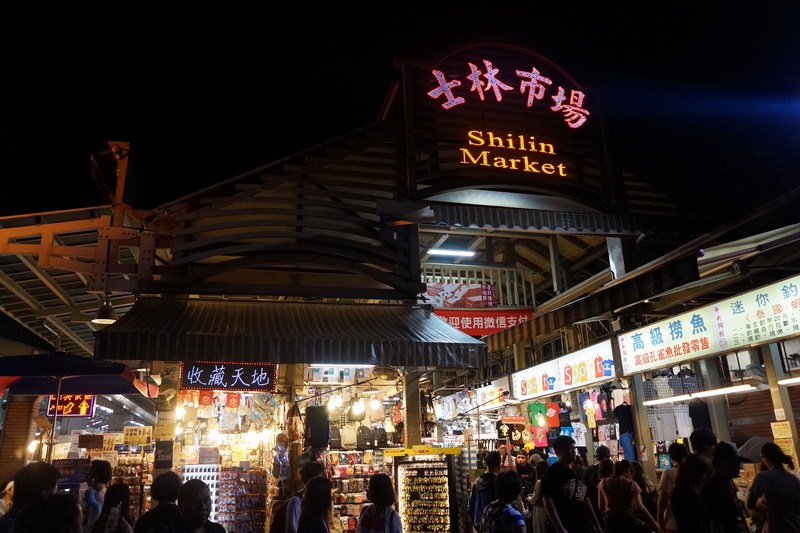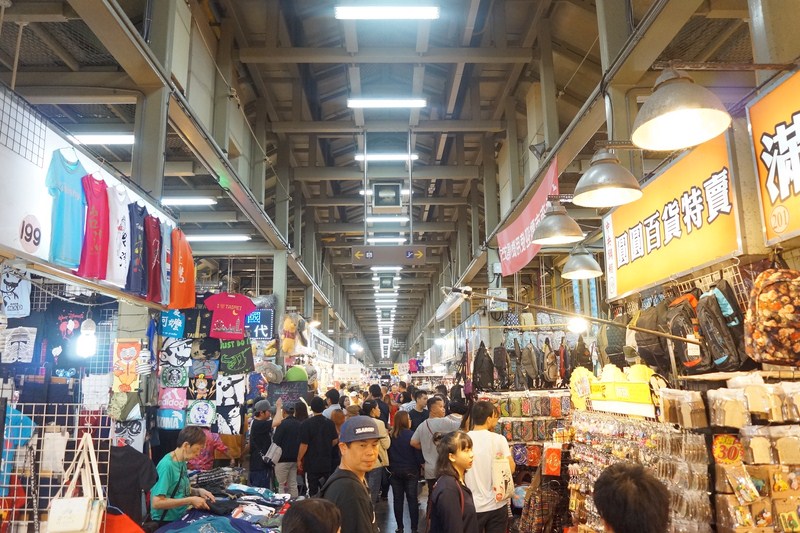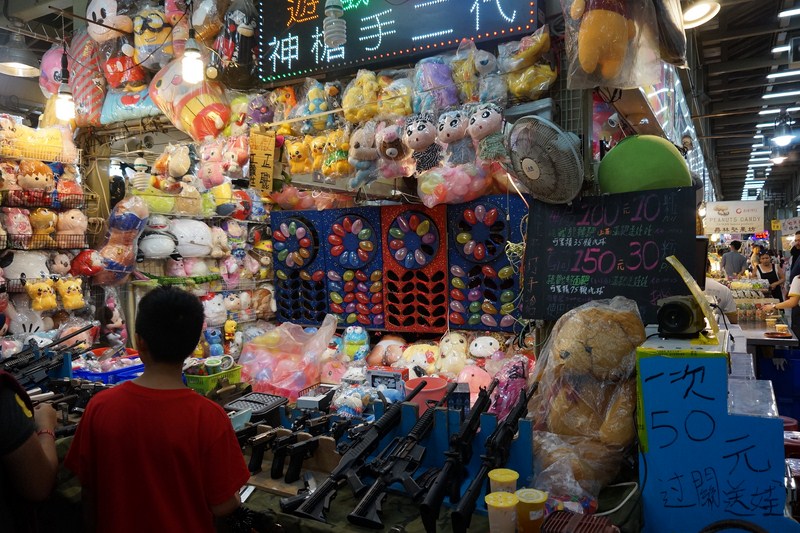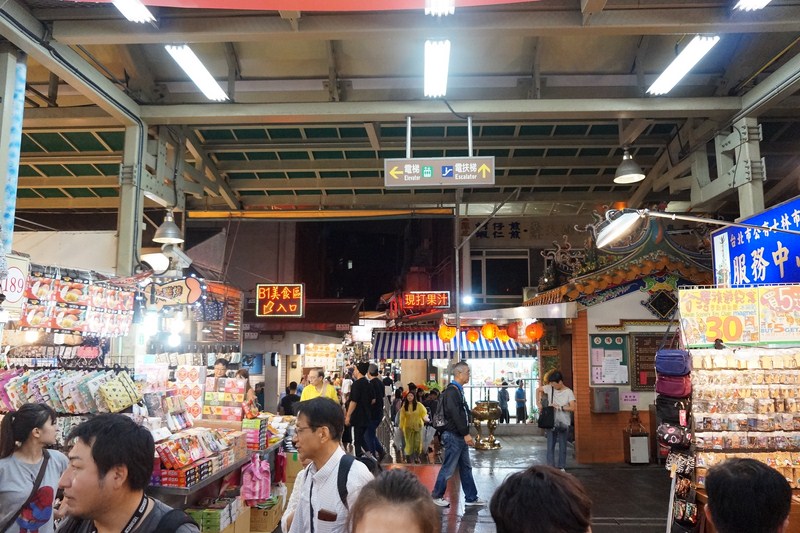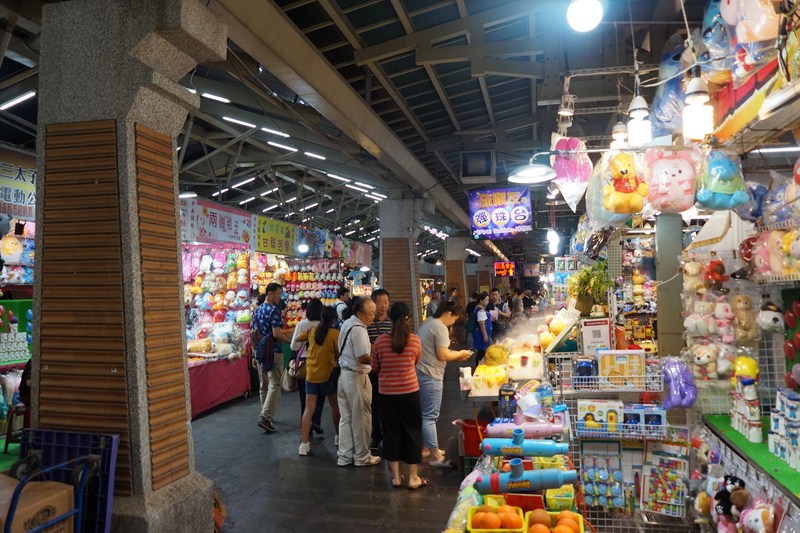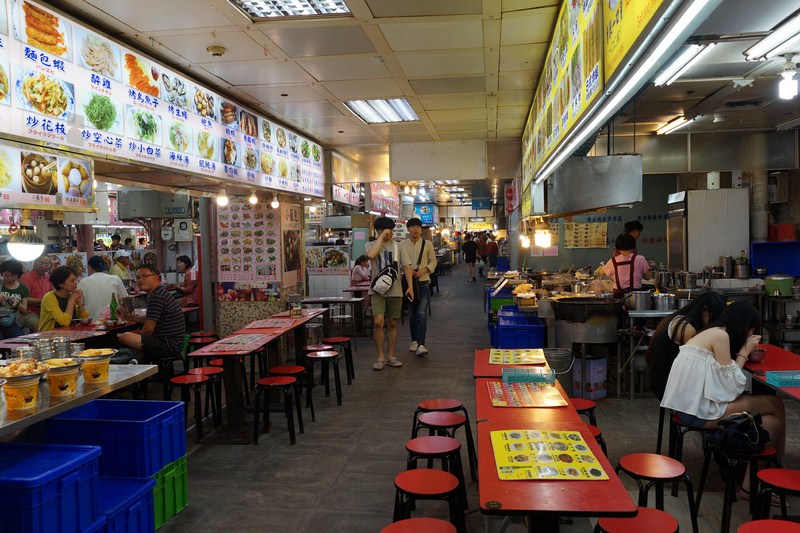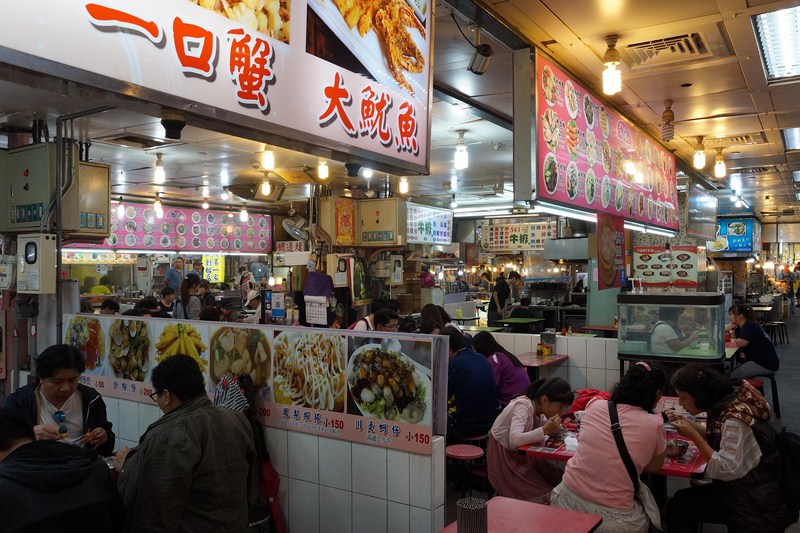Our second whole day in Australia was to be spent on a half-day tour of the Werribee Open Range Zoo, about 32 kms. (20 mi.) southwest of Melbourne. After brunch at our apartment, we walked towards the Melbourne Central Station where we took a one-hour train ride to Werribee Station. We arrived at the station by 11:20 AM and, from the station, we caught the Bus 439 Werribee South to the zoo.
Check out “Melbourne Central Station“
The 225-hectare (560-acre) Werribee Open Range Zoo, an African-themed zoo in Werribee, is ocated on the Werribee River in Werribee Park, adjacent to the Werribee Mansion.
It is part of the Zoological Parks and Gardens Board or ‘Zoos Victoria’ which also includes Melbourne Zoo and Healesville Sanctuary.
Here’s the historical timeline of the zoo:
- In 1975, the 120 hectares of land on which Werribee Open Range Zoo now sits was acquired to act as agistment for the surplus stock from Melbourne Zoo. The board aimed to use the property’s landscape to develop an open range zoo.
- In 1983 Werribee Open Range Zoo was opened to the public and guests were offered a guided safari-like tour around the property. Species at the zoo were mostly ungulates including bison and deer along with ostrich and kangaroos. Whipsnade Zoo provided a pair of Southern White Rhinoceros.
- For the next ten years, guests boarded a bus, paying an admission fee as they entered, from a shelter at the Werribee Park Mansion, across the road from the zoo.
- In 1996, the zoo was completely relaunched with a bistro, shop, discovery center and walking trail opened to add to the experience.
- The next year, the Volcanic Plains Trail, showing off the Western basalt plains which is an endangered grasslands ecosystem, was opened.
- During 1999, four new rhinos from South Africa arrived at the zoo to begin a breeding program.
- In 2002, the zoo’s first rhino calf was born and was named Ganini.
- In 2004, the Lions on the Edge habitat was unveiled.
- In September 2006, Kubu River Hippos, the zoo’s largest development ever, was opened.
- In December 2008, an African wildlife habitat was unveiled.
- In 2010, the zoo celebrated its 25th birthday.
- Also in 2010, the Australian comedy duo Hamish and Andy, posing as gorillas playing with golf clubs and toy cars, appeared in the zoo’s under construction gorilla enclosure as part of filming for a TV show.
- In 2011, a gorilla exhibit opened with three male western lowland gorillas (an adult silverback and his two sons) gained from Melbourne Zoo.
- In 2014, a koala habitat was opened along with a bandicoot hideaway (a nocturnal house where people can discover critically endangered eastern barred bandicoots). Squirrel gliders, dunnarts, tawny frogmouths and striped legless lizards also live here.
The zoo has a simulated African village whose educational and entertaining includes a mock scenario of an African ranger and his adventures tracking lions, and an interactive soundscape walk with simulated lion sounds surrounding the walker.
A Learning Center teaches more about the history and geography of animals in their environments. This very children-friendly zoo also has lots of animal-themed playgrounds (such as the monkey rope play) around the walking trail near the exhibits.
Werribee Open Range Zoo also has an animal/adoption sponsorship program, which is used for gifts and other altruistic purposes.
We followed two independent trails with signs everywhere pointing us in different directions to each animal enclosure.
The Pula Reserve Walking Trail focuses on African animals, including a antelopes, rhinoceros, zebras, lions, hippopotamus and meerkats at the picturesque grassy savanna.
The new Gorillas Calling, a 10,000 sq. m. (2.5-acre) island home sanctuary (one of the largest in the world), houses the 3 gorillas and features wide-open spaces, climbing structures and indoor facilities.
This facility enabled Zoos Victoria to provide best-practice care for the bachelor gorillas and confirm the organization’s reputation as a world leader in gorilla management.
Kubu River Hippos, a 3-hectare (7.41 acre) hippo paradise, is Australia’s only drive through hippo river. It has a boardwalk that allows visitors to view the hippos from every angle while the Kubu Queen, a semi submerged barge, allows for a closer view.
The area also has an adventure trail, archaeological dig site, interpretive centers and a hippo water play area with 5 life size hippo sculptures. It can also be experienced on the safari tour.
Lions on the Edge, with its beautiful pride of lions, has many great interactive elements including an abandoned jeep, half in and half out of the exhibit, where you can sit face to face with a lion.
Smaller habitats for prowling cheetahs, a troop of 18 vervet monkeys (the only one’s of their kind on display in Australia) at play, and serval are also available for viewing.
The Australian Journey Walk, through Victoria’s vulnerable basalt plains grasslands, focuses on free wandering Australian animals such as the brolga, koala, emu and kangaroo as well as the cassowary.
Come 3:30 PM, we availed of a bus tour (included in the zoo admission price), which takes up to 140 people in a unique safari bus and normally lasts 35–40 minutes, multiple times a day.
The tour takes us out into the 45-hectare open savanna section of the zoo where we could find animals such as the hippo as well as animals of the grassland, such as bison, zebra, waterbuck, giraffe, ostrich, eland, antelopes and rhinoceros, as well as the camel and the scimitar-horned oryx.
Werribee Open Range Zoo: K Rd, Werribee South, Victoria, 3030 Australia. Open daily (except Christmas Day), 9 AM – 5 PM (entry closes 3:30 PM). Tel: 1300 966 784. Admission: adult (38AUD), child (19AUD) on weekdays, free on weekends. Visitors can also book various ‘specialty’ tours, including the Off Road Safari, or close encounters where you can feed gorillas, stroke servals or giraffe. E-mail: contact@zoo.org.au. Website: www..zoo.org.au/werribee/.

